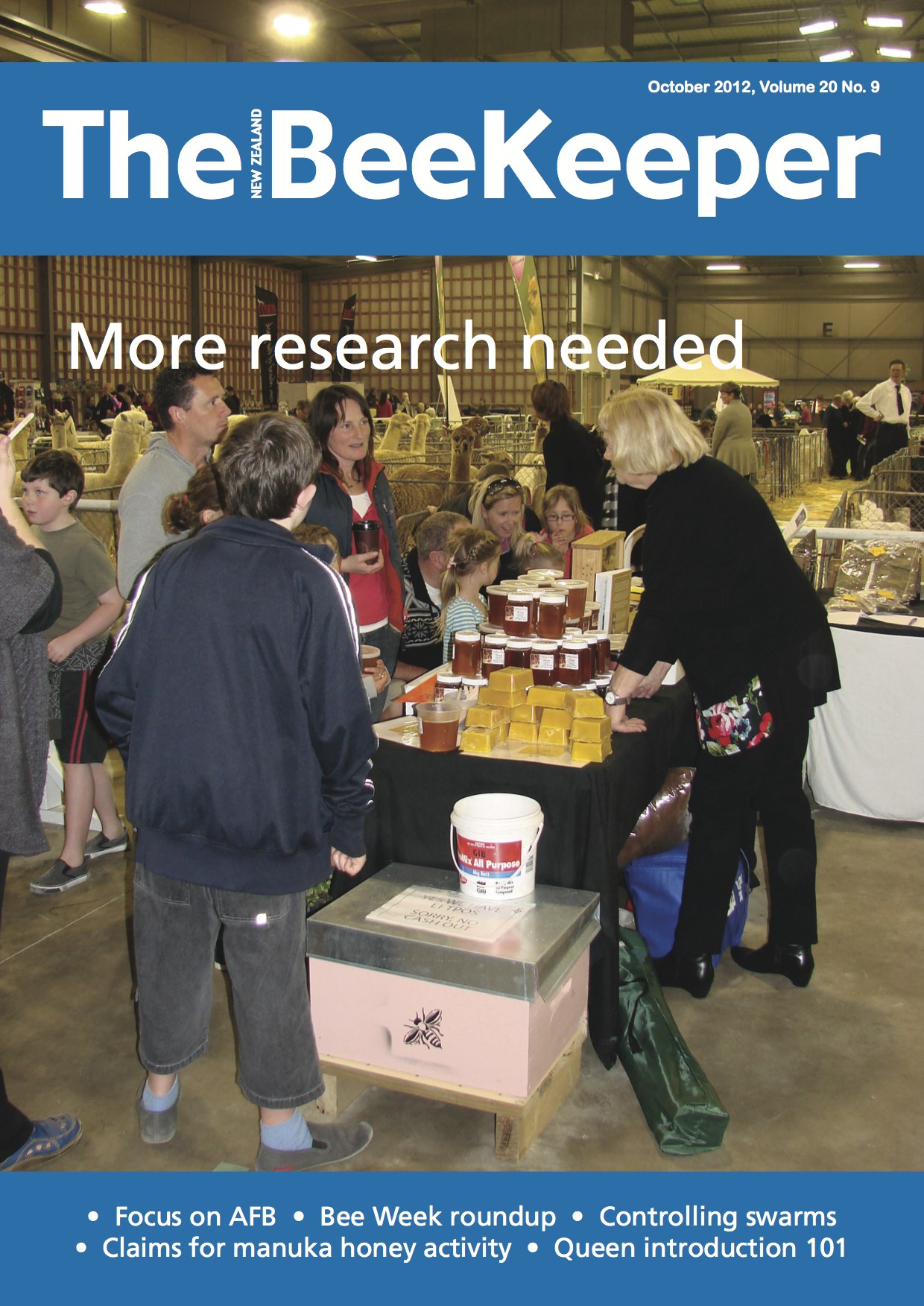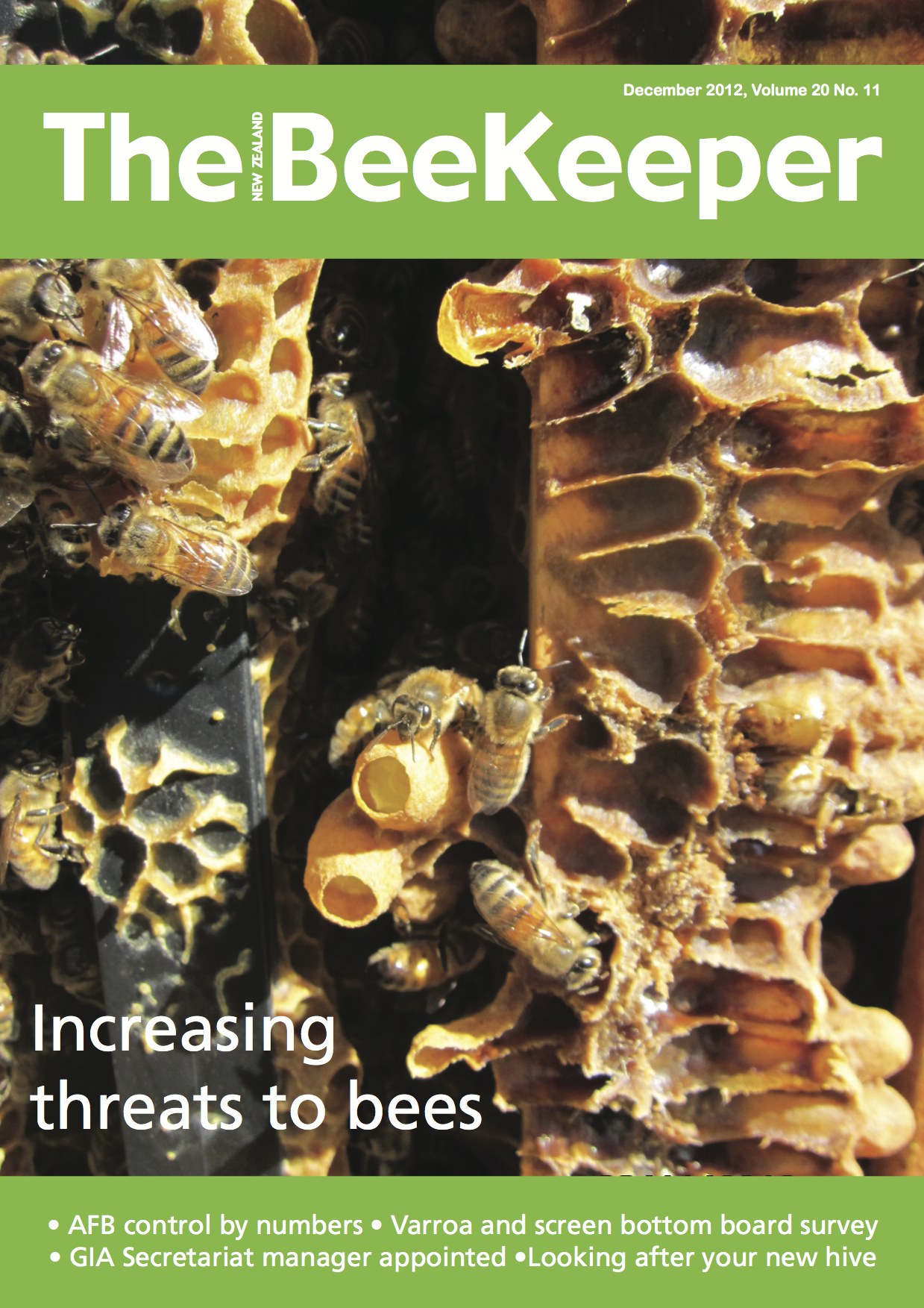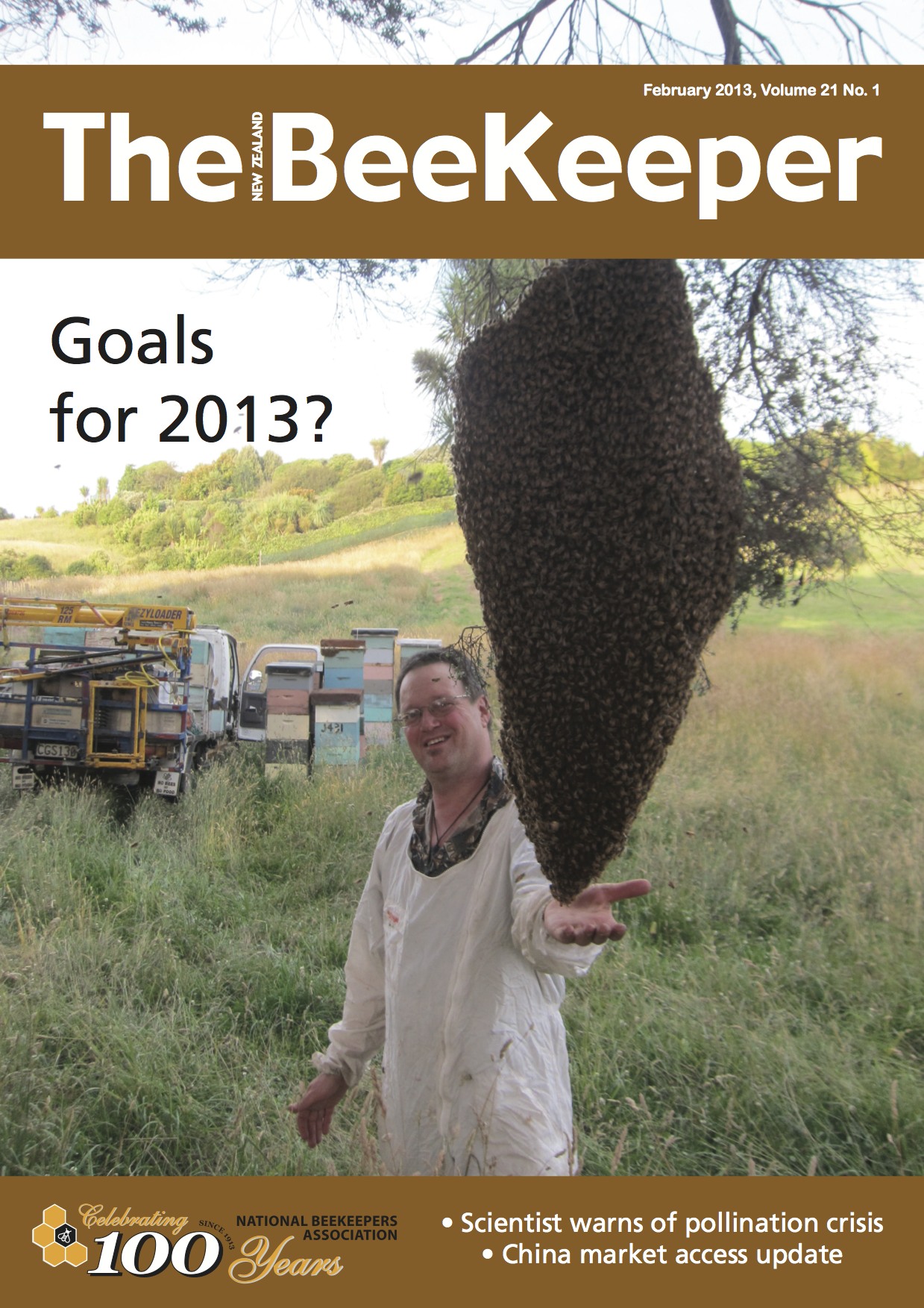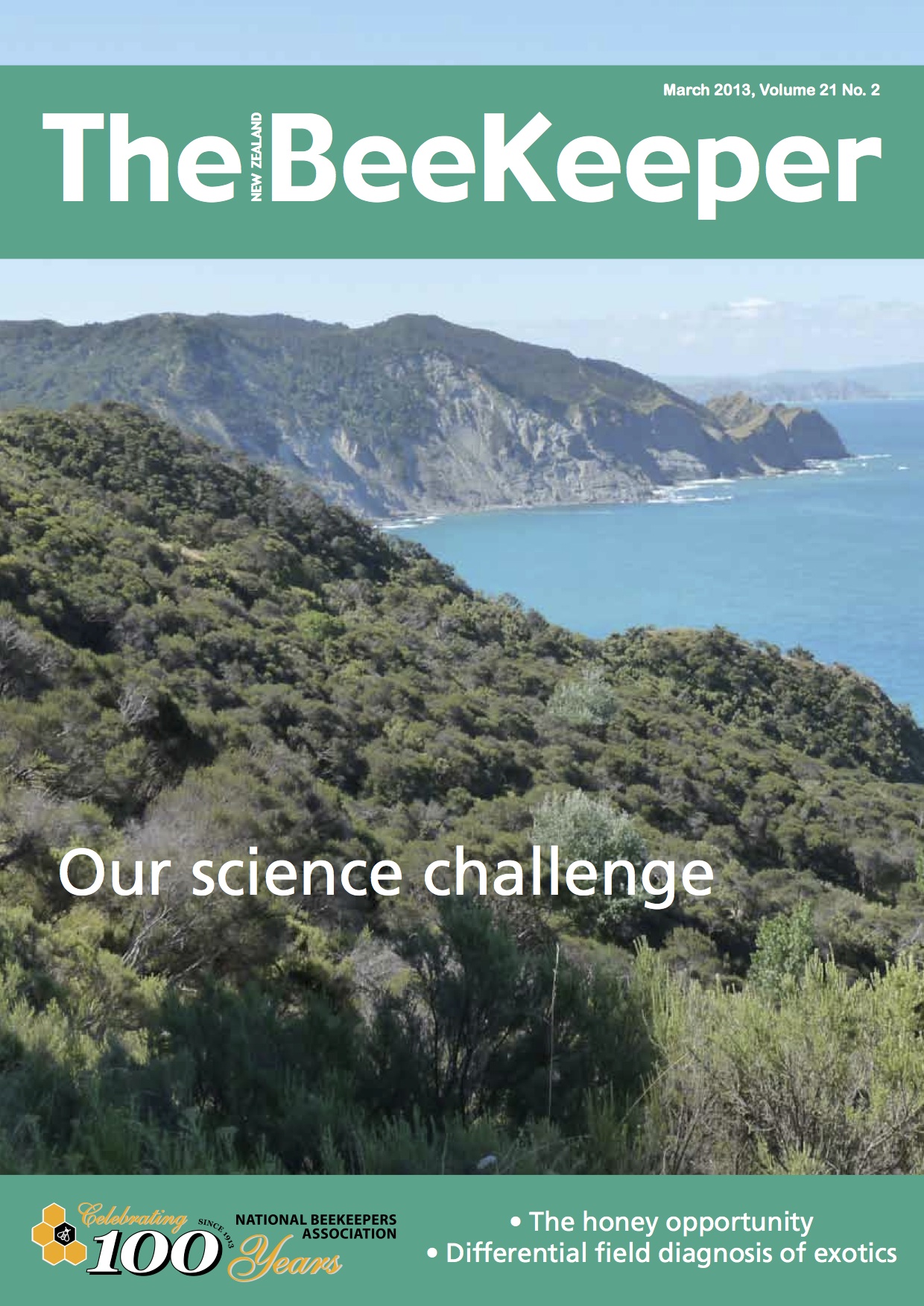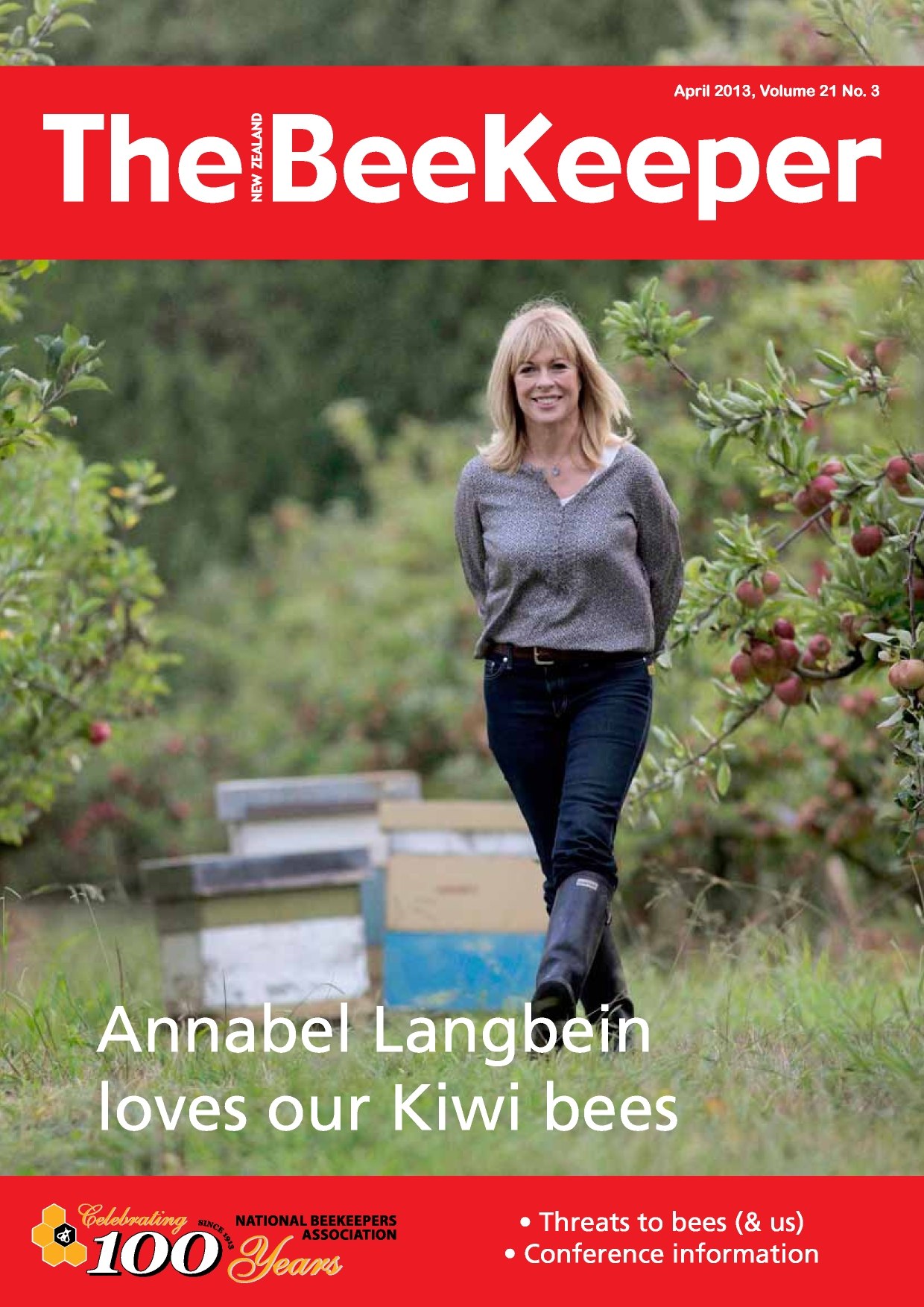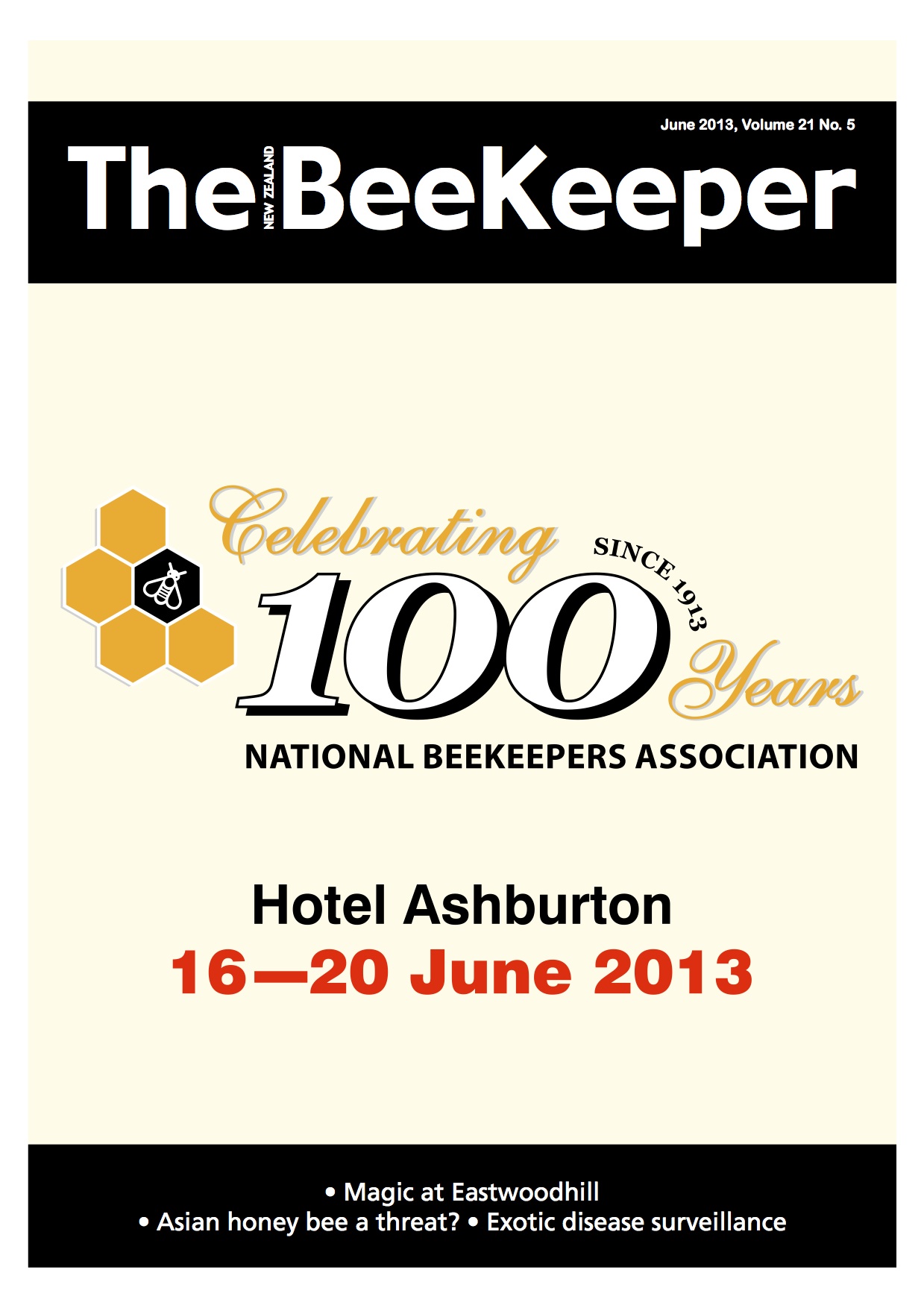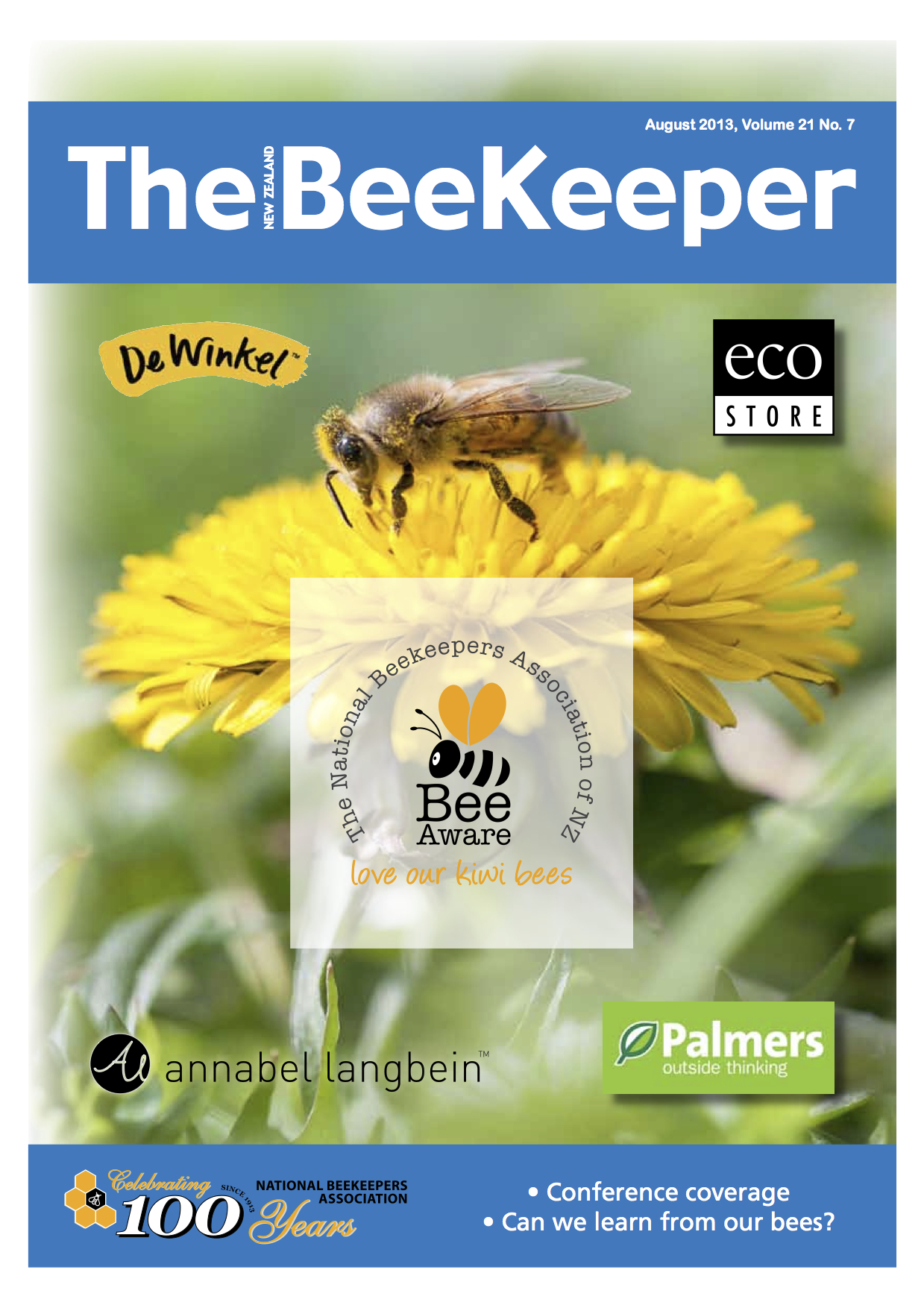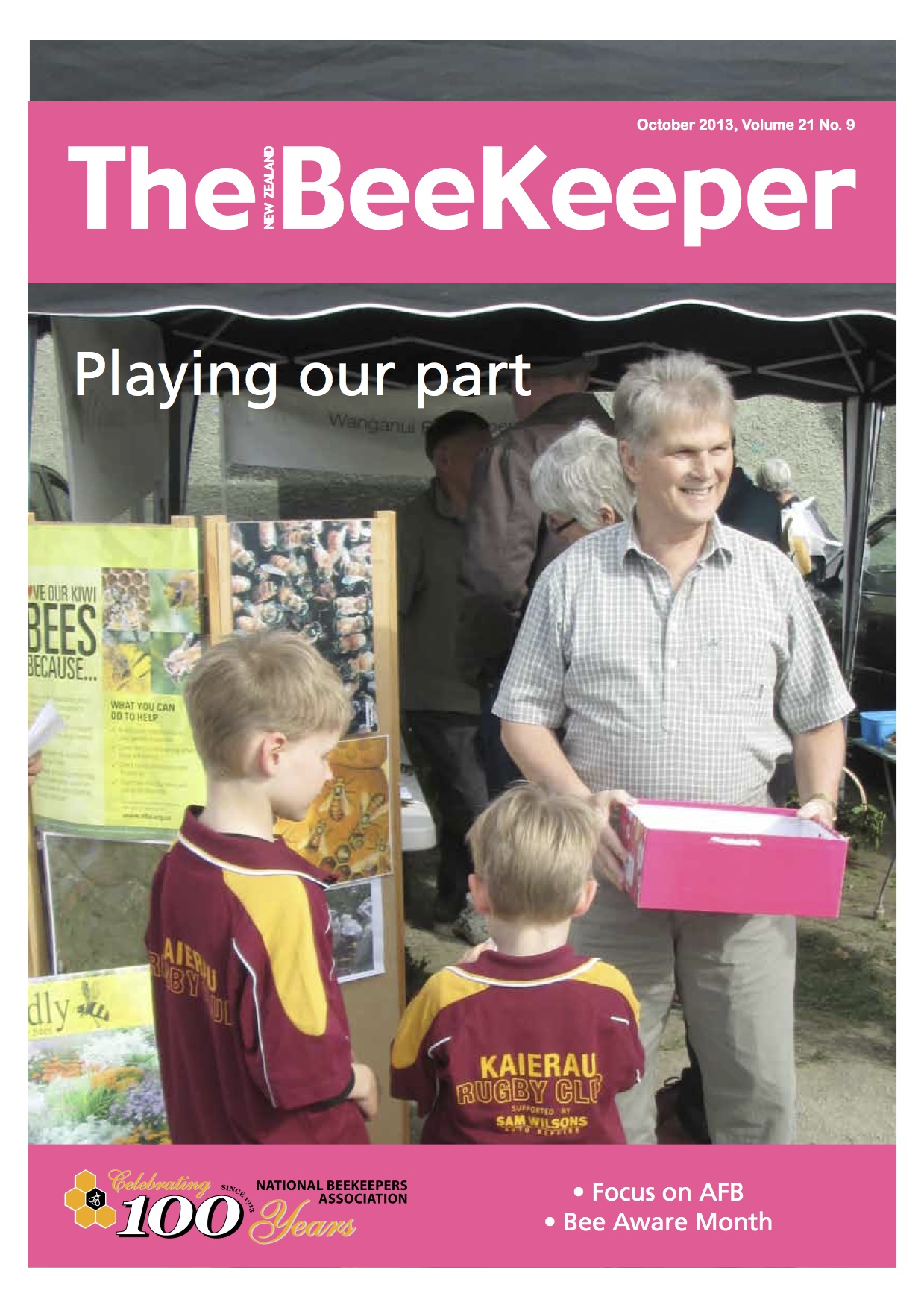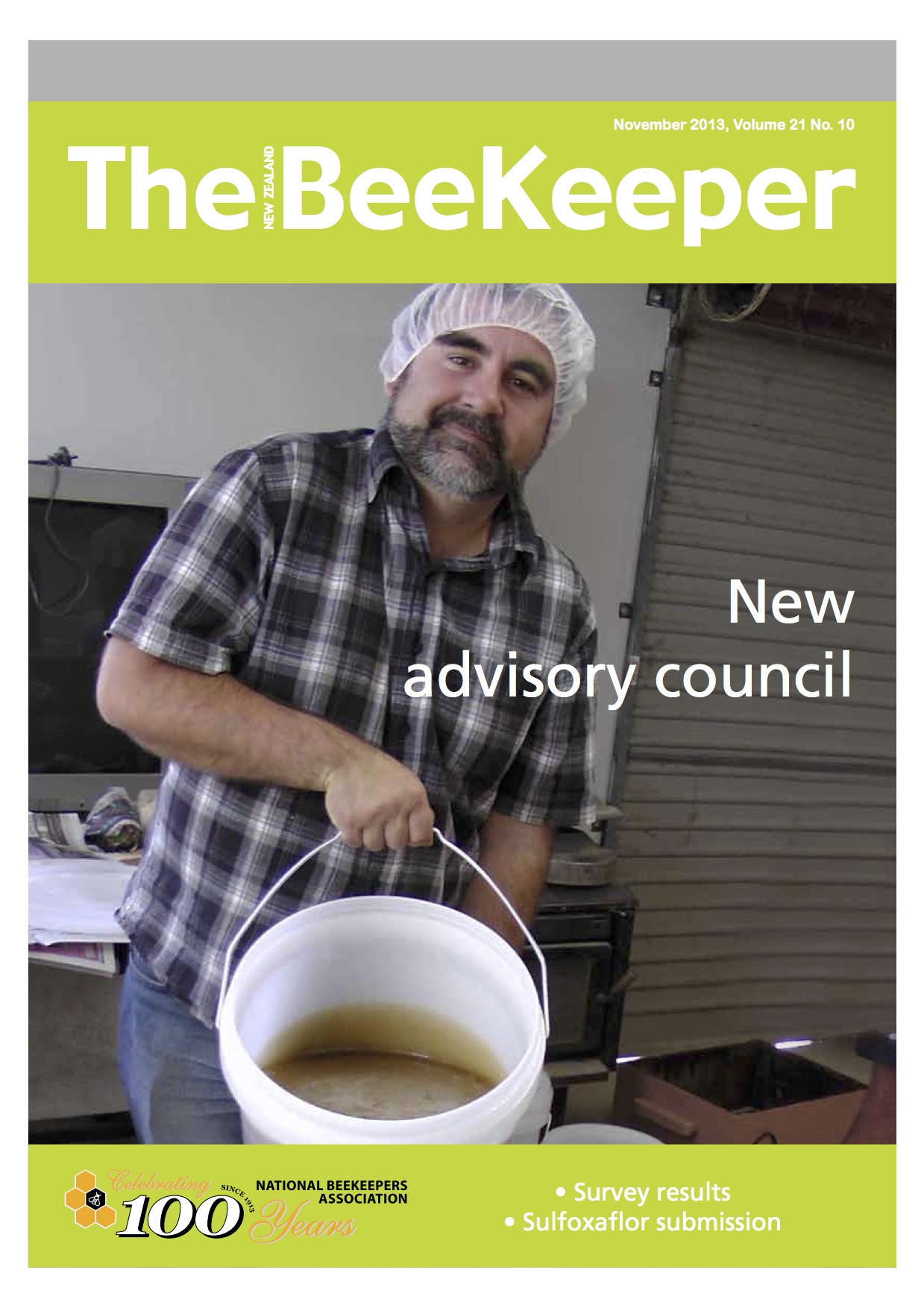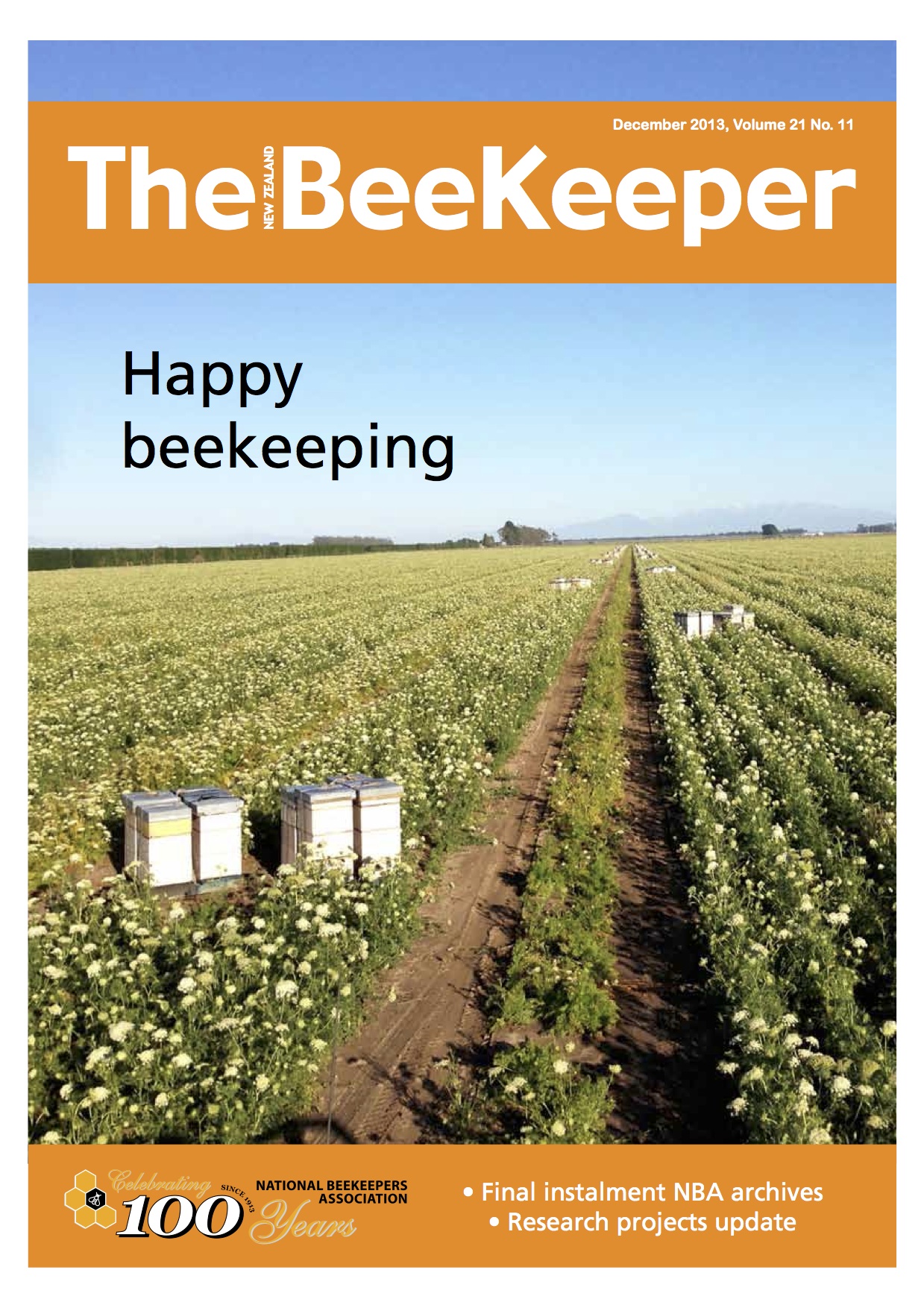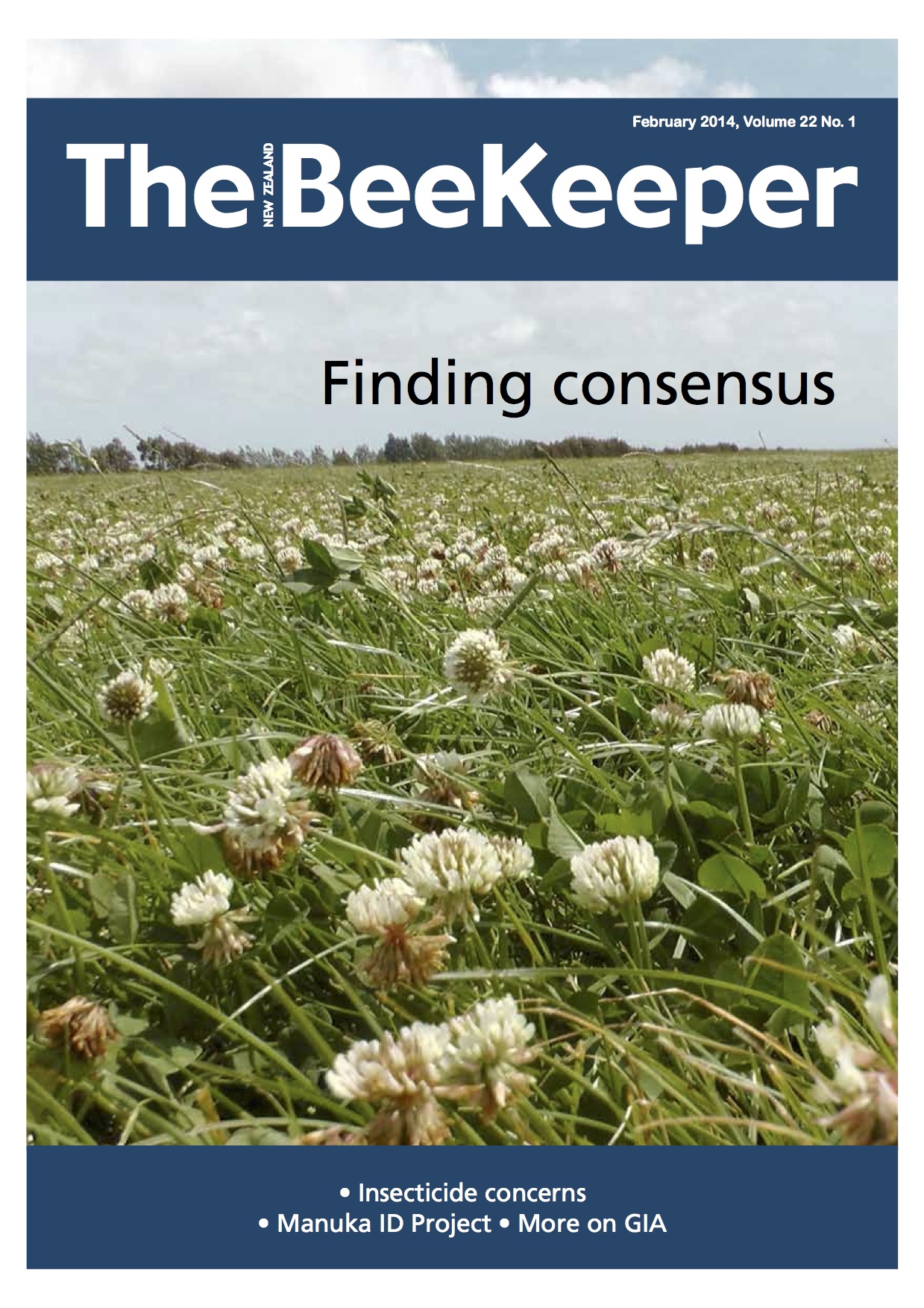
About the Apiary Archive
An informative and sometimes humorous column published in
The New Zealand Beekeeper Journal
Archived publications of About the Apiary
About the Apiary - Previous PublicationsAlthough Frank has been writing articles for The New Zealand Beekeepers Journal for a number of years the archive only contains articles from when this website was commisioned.
Setting your hives up for the season
By the time you read this, pussy willow, kowhai, and native clematis will have finished flowering.
November weather so far has been a lot better than October’s where we only had three days in which queen could mate.
As I write this in early January the bees are filling up the hives at a ferocious pace due to a nice spell of warm weather, ample rain at night and profuse pohutukawa, rata and clover flows. Even the odd bush source, (whitewood) is flowering – a lot later than normal, but coastal manuka fizzled with cool, windy weather during its Christmas flowering.
The last of the summer flows
It’s early February as I write this. The bees are out gathering the last of the nectar flows, which are mostly minor now.Time to winter down
It’s April and although the season has wound down for hobby beekeepers, most big commercial beekeepers are still flat out extracting honey.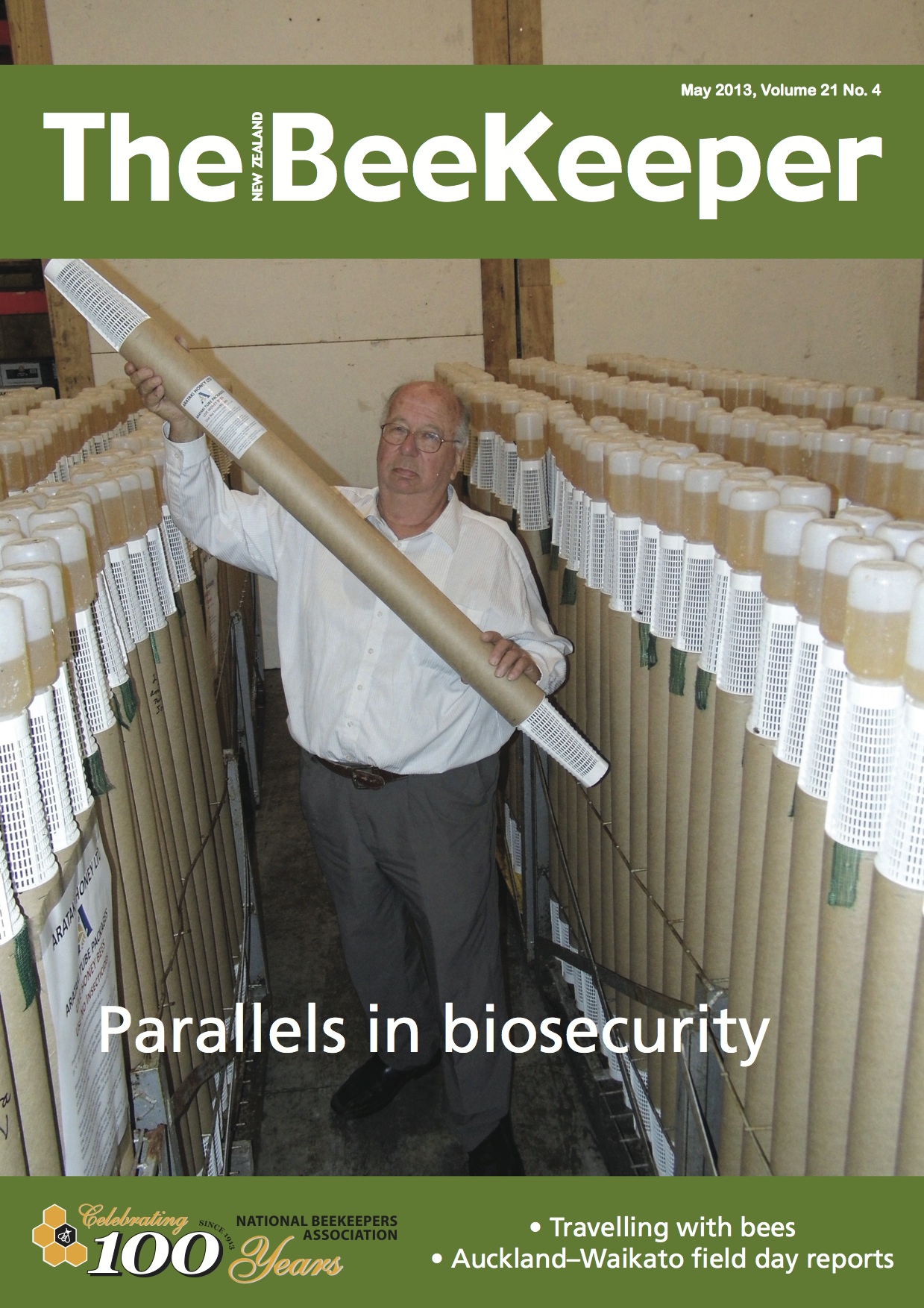 May 2013
May 2013Monitor your hives
The commercial beekeeping year is coming to a close with the packages off to the Northern Hemisphere.Ensuring hive survival
Winter is finally here with the first real cold spell of weather.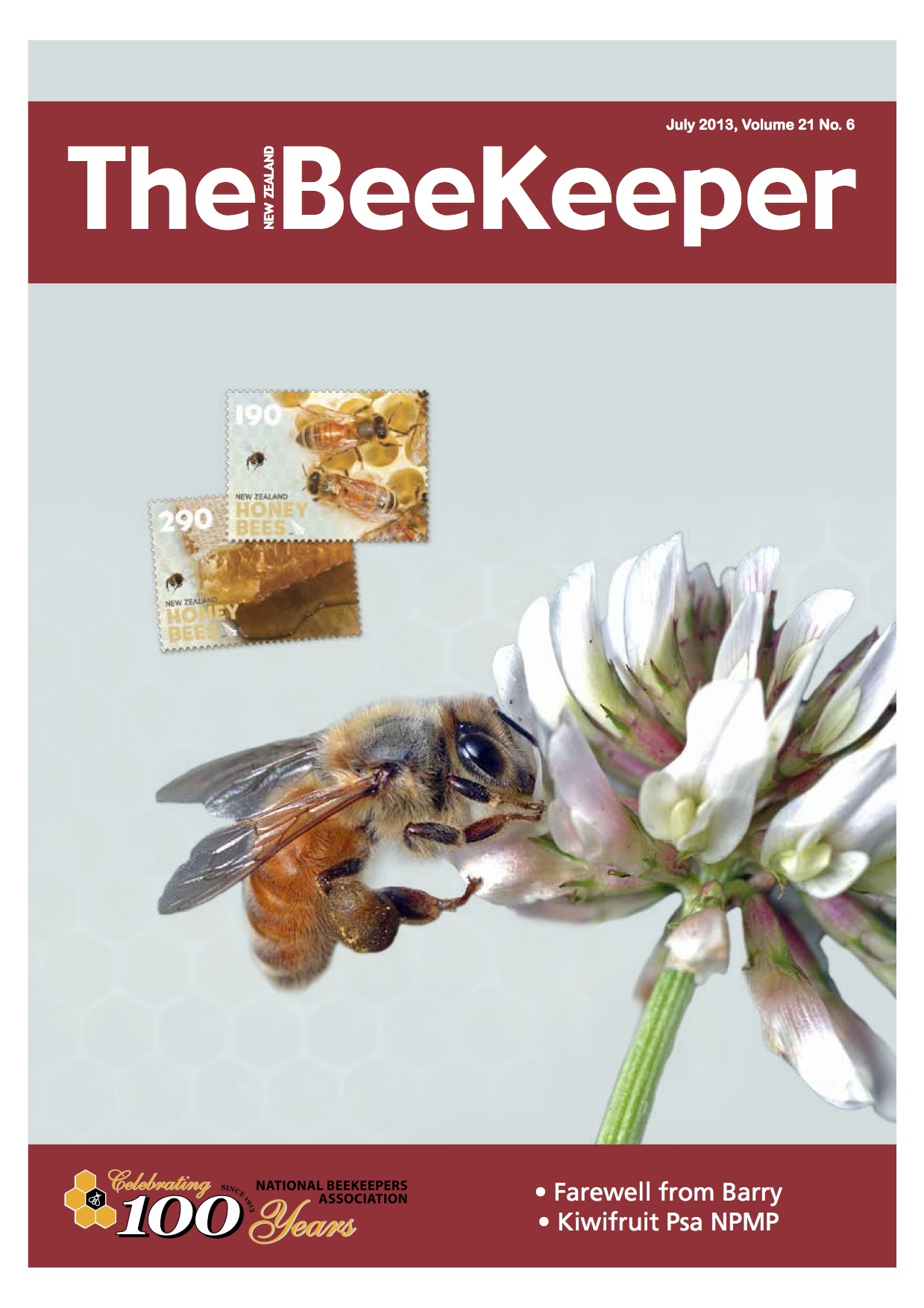 July 2013
July 2013Woodworking safety considerations
Inside work mostly consists of making up gear.Essential Skills Workshop valuable
When I wrote this, another winter storm was lashing Wellington and the rest of the lower North Island.Keeping hives from swarming
What's flowering? I was notified early last month that pussy willow was already flowering in the warmer areas.Swarming and supering
October is an important month in my beekeeping calendar, with the weather improving and temperatures reaching 20°C for the first time.Keeping ahead of the bees
As I write this in mid- October, a cold spring storm has just gone through but many of the early bush sources are flowering, stimulating the bees into early honey production.
Bee boxes and books
The wet, windy days of November have passed and the weather has improved so much that it’s now very dry.
Health & Safety
Dealing with bee stings
Full-on beekeeping
January is usually full-on beekeeping, trying to keep ahead of the honey flow for most beekeepers. In Wellington, the weather has been windy and wet for most of the flowering period of the manuka, so prospects for a honey crop here don’t look positive.
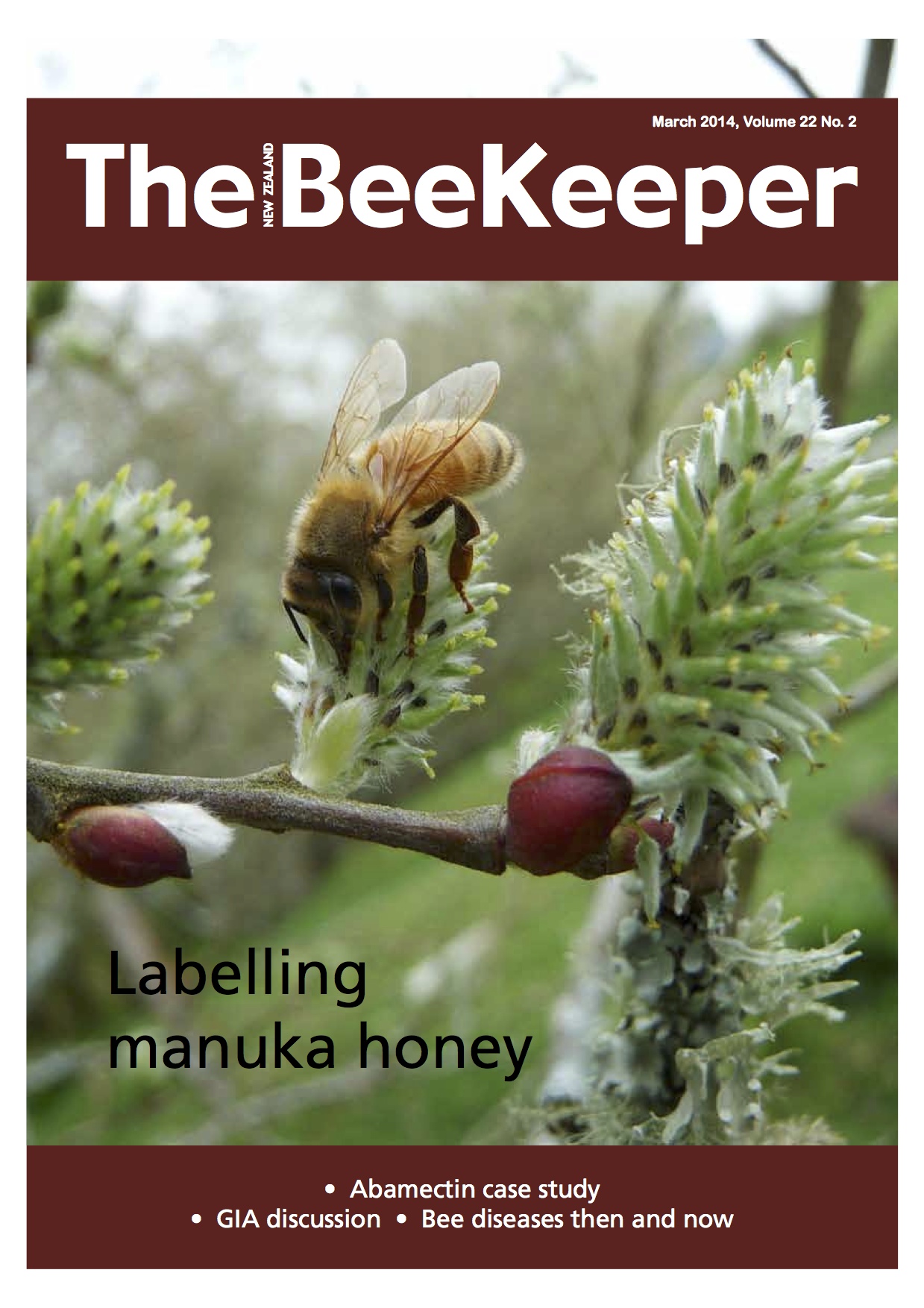
Winding down for the season
It's March and honey production is over.
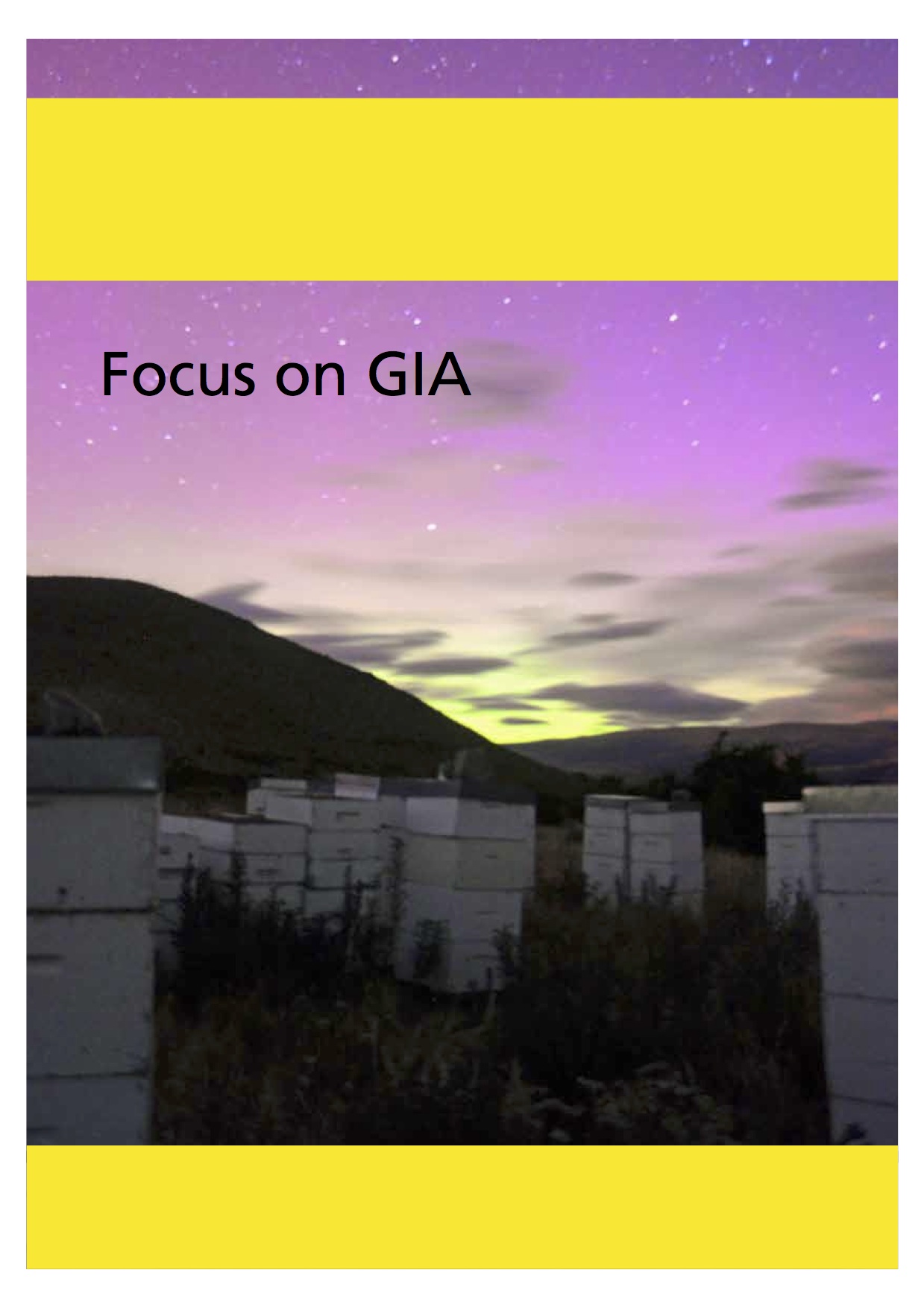
Tips for wintering down
The season is practically over, so it’s time to set up the hives for winter.
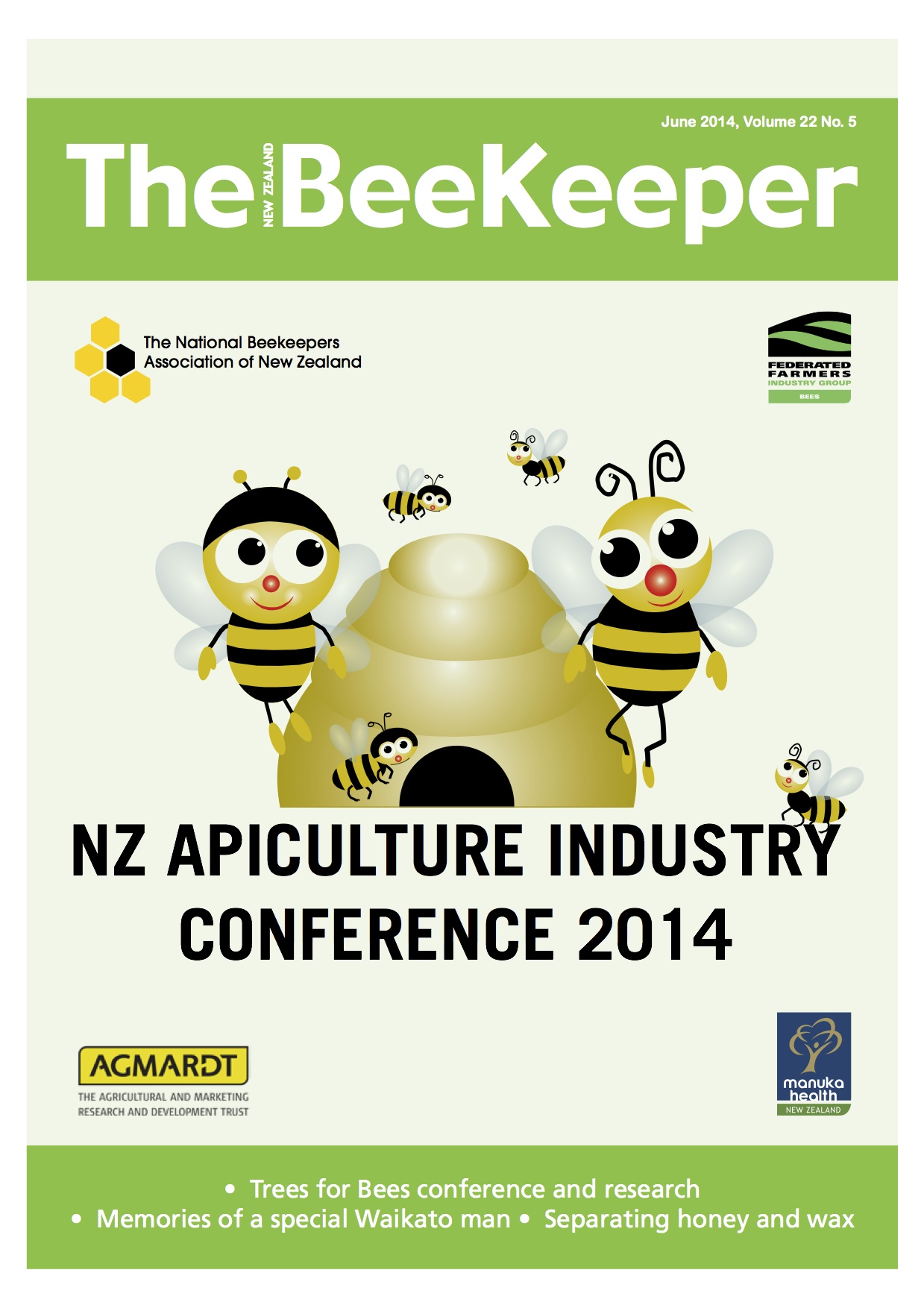
Separating honey and wax
This month we’ll look at one of the problems we encounter during processing, now that hives have been wintered down and most of the other issues have been sorted.
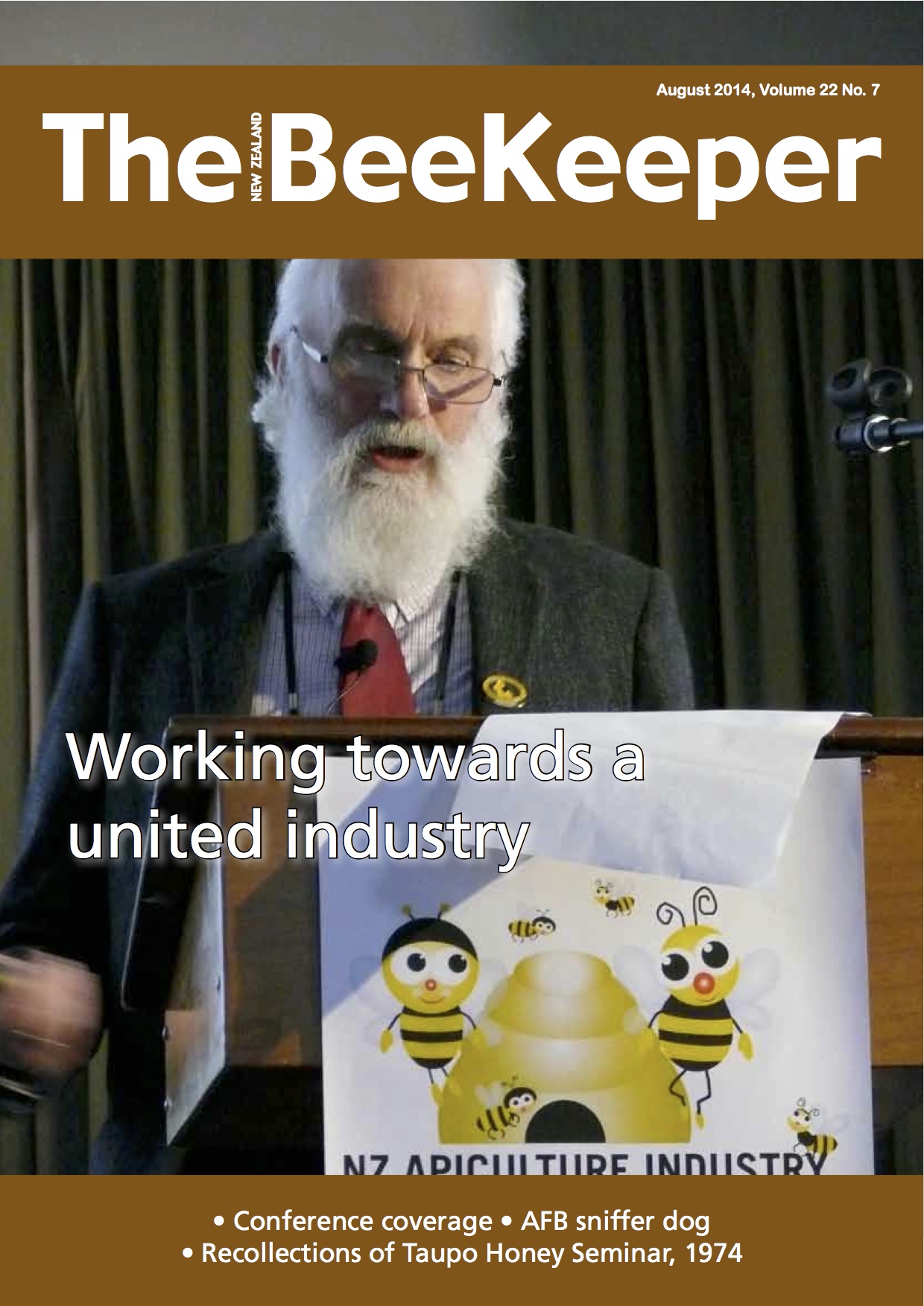
Winter break
It’s winter and I have been out working hives in 16-degree temperatures. A farmer I was talking to hasn’t seen it this warm ever. Makes farming real simple, as the grass is growing and the calves are easy to feed.

It’s time to inspect your hives
September is another of those crucial months in beekeeping. Queens are coming into their peak laying period.
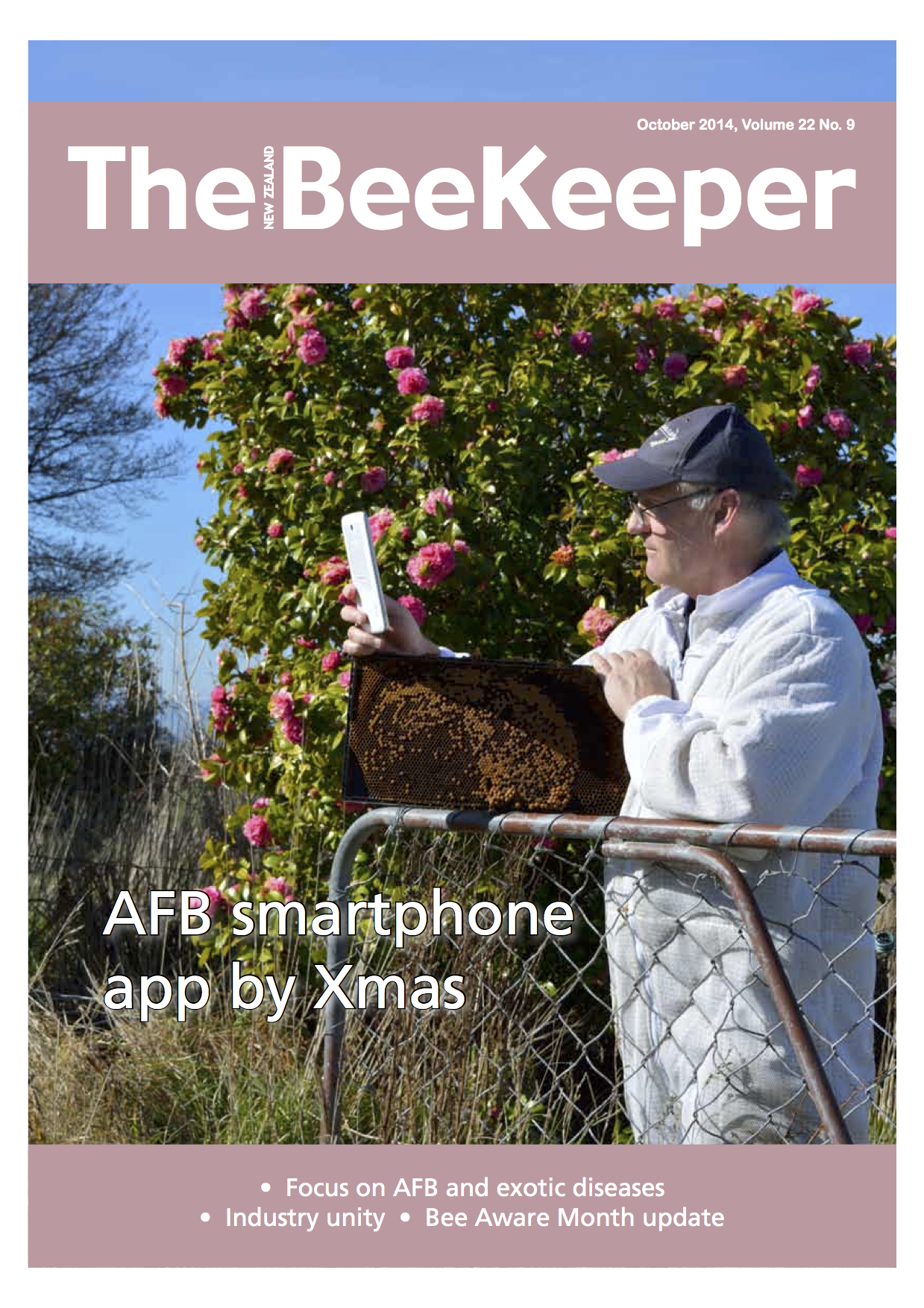
Population control, bee style
As I write this (early September), I'm doing a full inspection of my hives: looking at every frame for disease, identifying old queens, assessing the hives’ honey stores and replacing old frames and any gear that is broken or rotting.
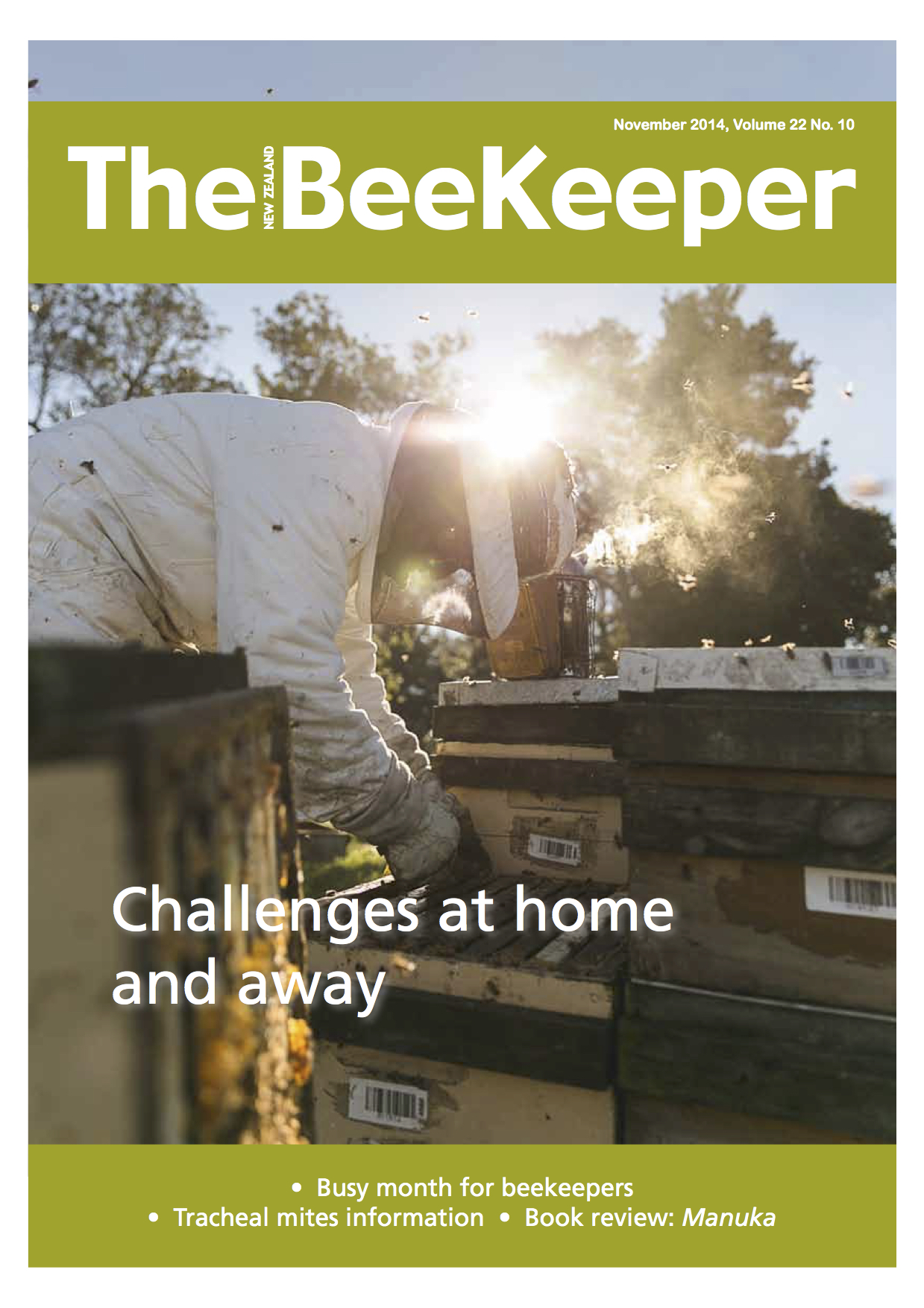
A busy month ahead
As of mid-October, the weather we generally expect during the first two weeks of October has finally arrived: late but much appreciated.
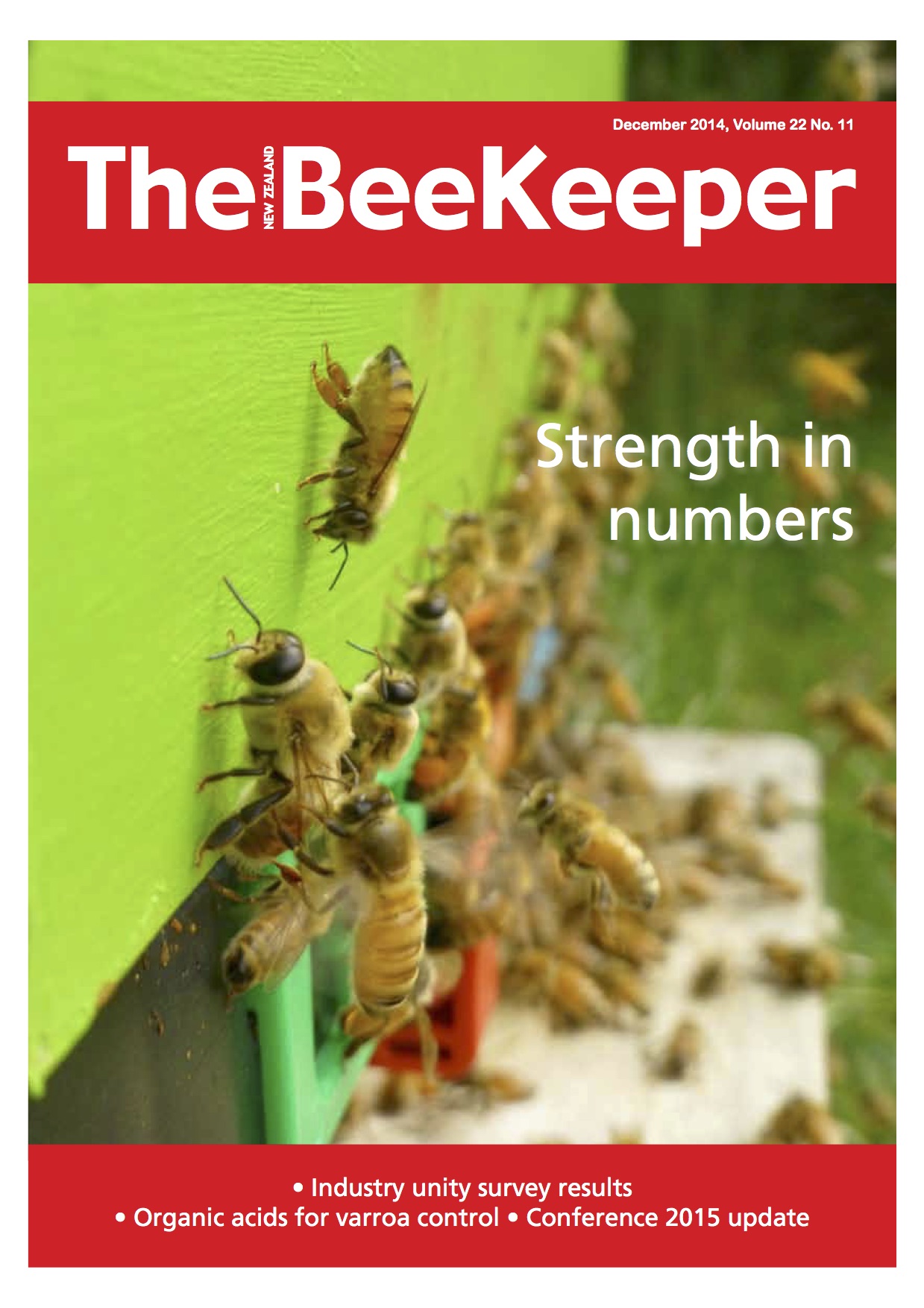
Keeping the hives ticking over
Most of the pohutukawa trees around Wellington are budding up to flower in December. However, some trees are already flowering in the warmer areas affected by radiant heat reflected off roads and in paved areas.
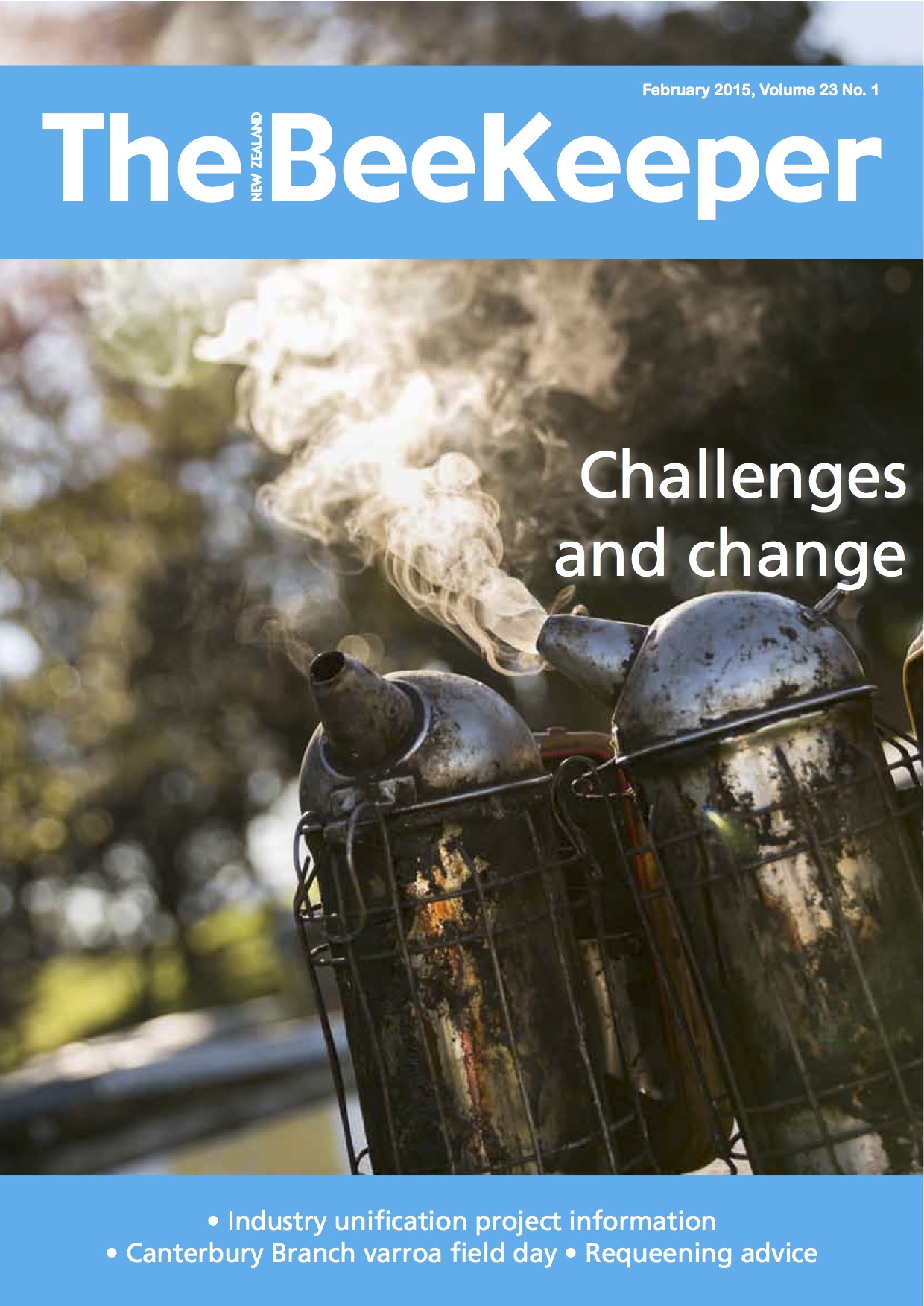
Tending and treating hives
As of early January, beekeepers on the west coast of both islands are in a better situation than those on the east whose pastures are drying off and going into drought, thus ending the honey flow.
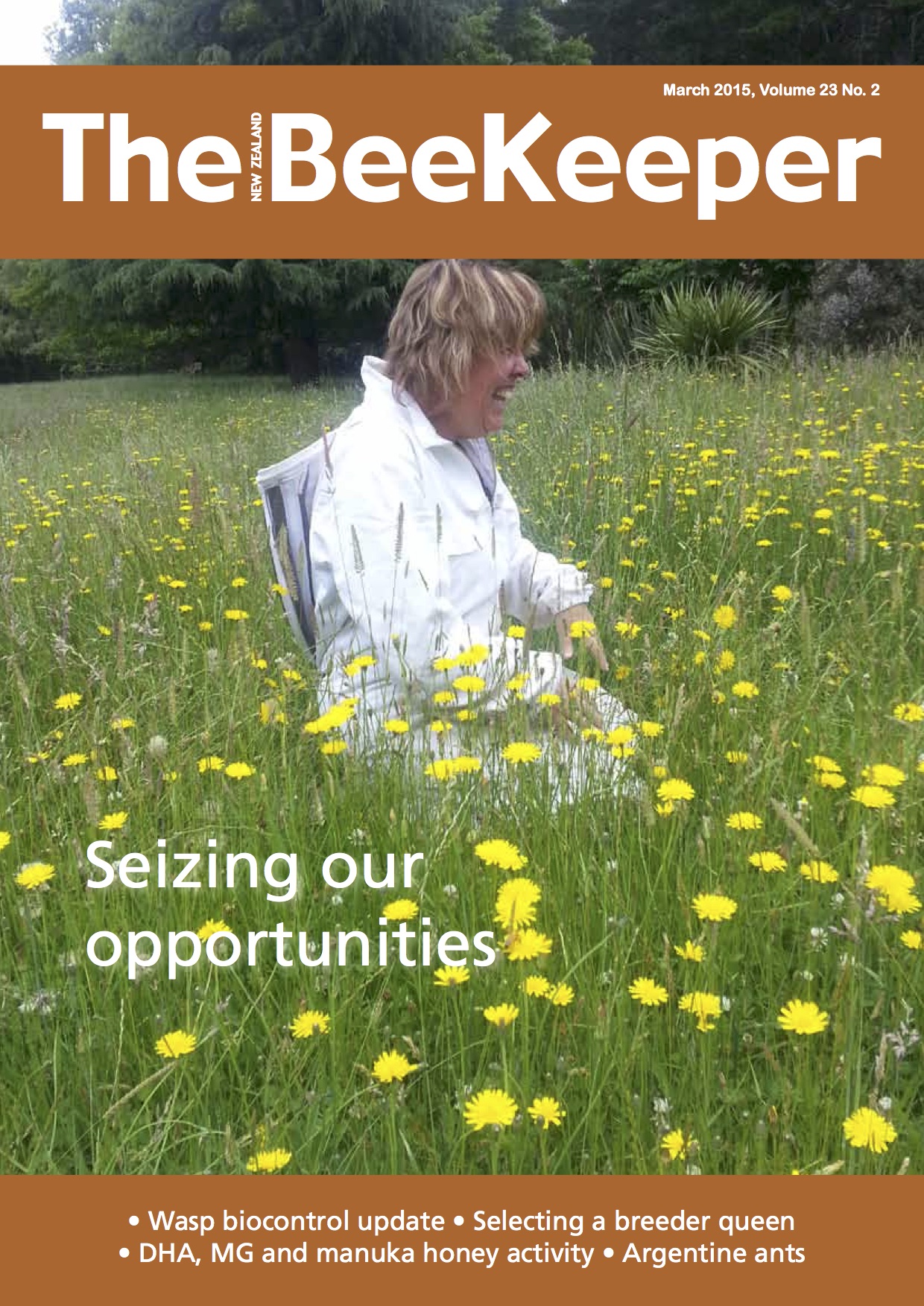
Droughts and pests
It's been very dry throughout most of the country, with some eastern areas being declared to be in drought.
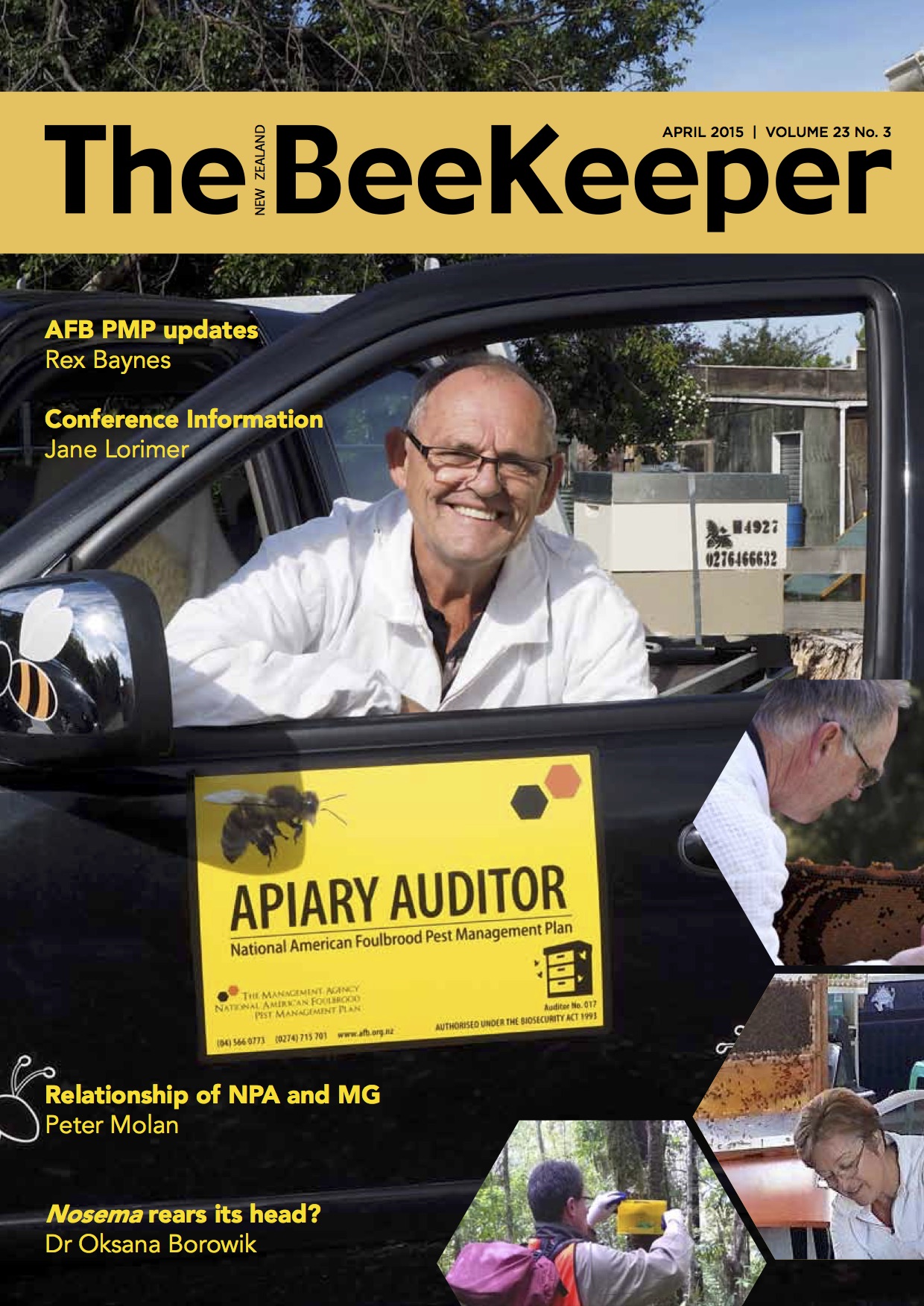
Advice for overwintering hives
In the Wellington area, the last of the nectar sources are flowering, although some of the later-flowering species in suburban gardens are taking off again after a period of drought. Lancewood, korimako and Eucalyptus ficifolia (Scarlet Gum) are the main tree/scrub sources flowering. Clover, dandelion and some clovers are making a show after the rain, giving the bees an extra boost to stimulate them into producing winter bees.
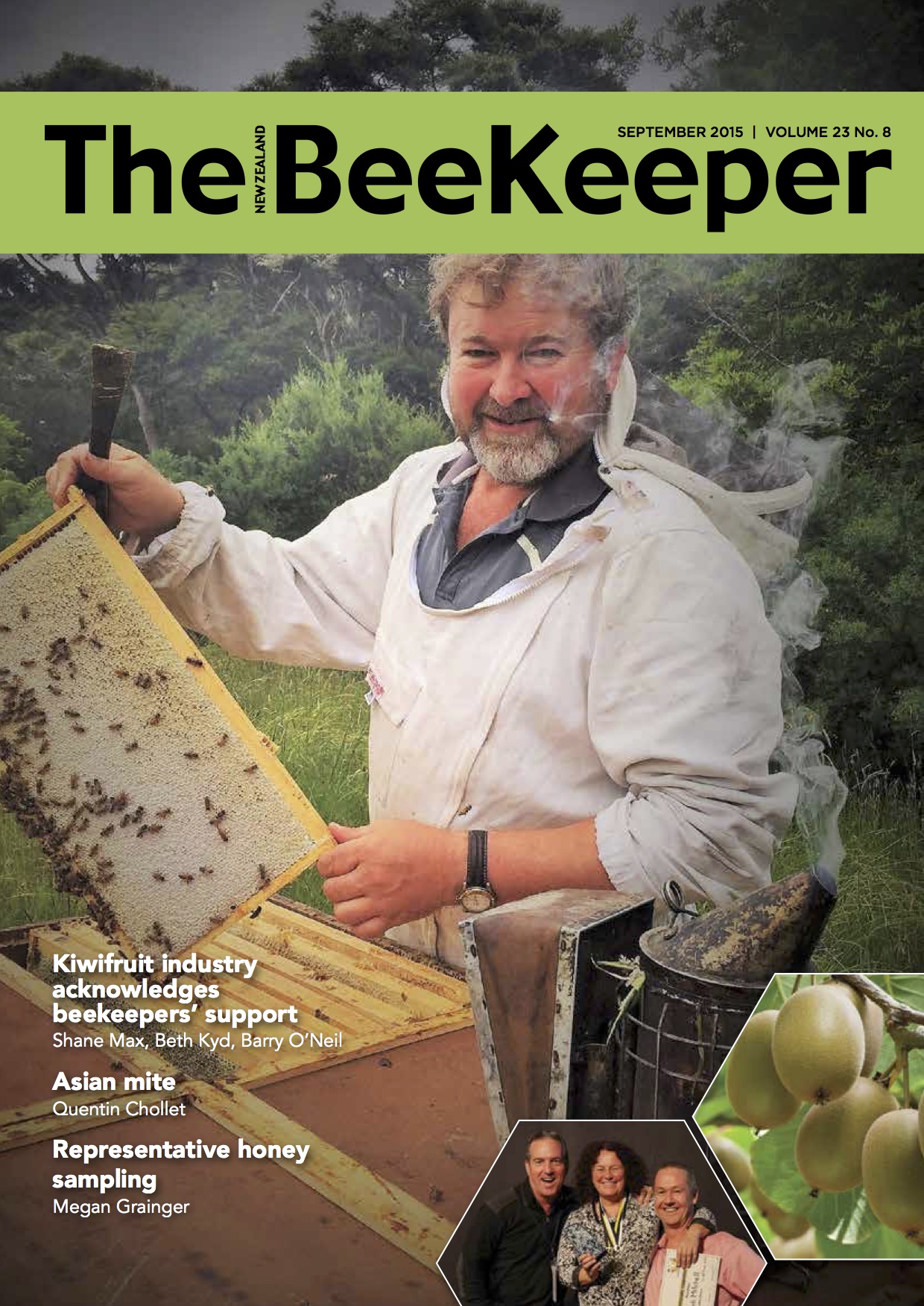
INSPECTION TIME!
I'm writing this while overseas so I can’t describe what is happening in my hives, but I have a reasonable idea based on previous springs and observing hives going through the winter.
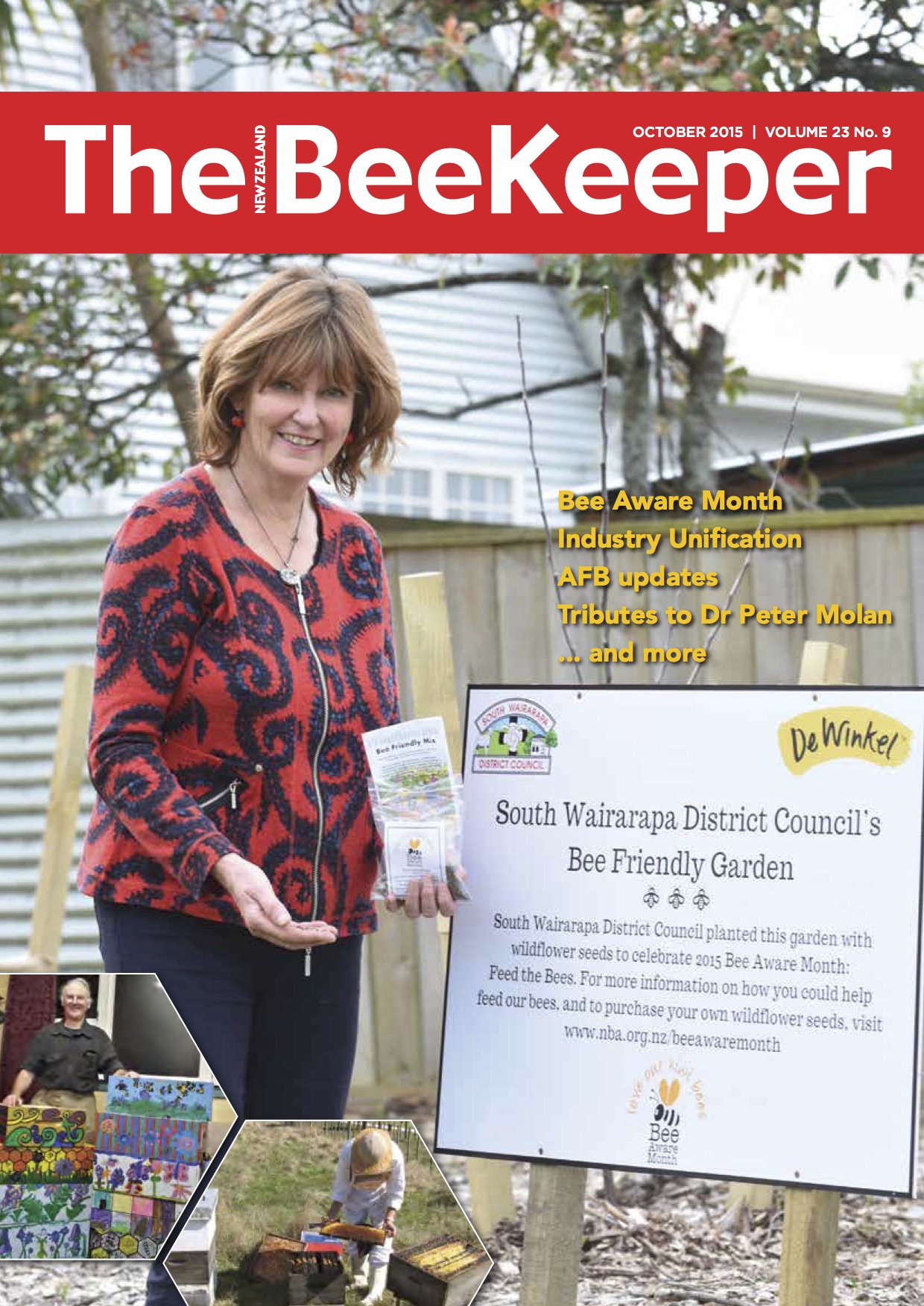
SWARM CONTROL MEASURES
“Spring has sprung, the grass has riz ...” (author unknown, but popularised by Spike Milligan and others).
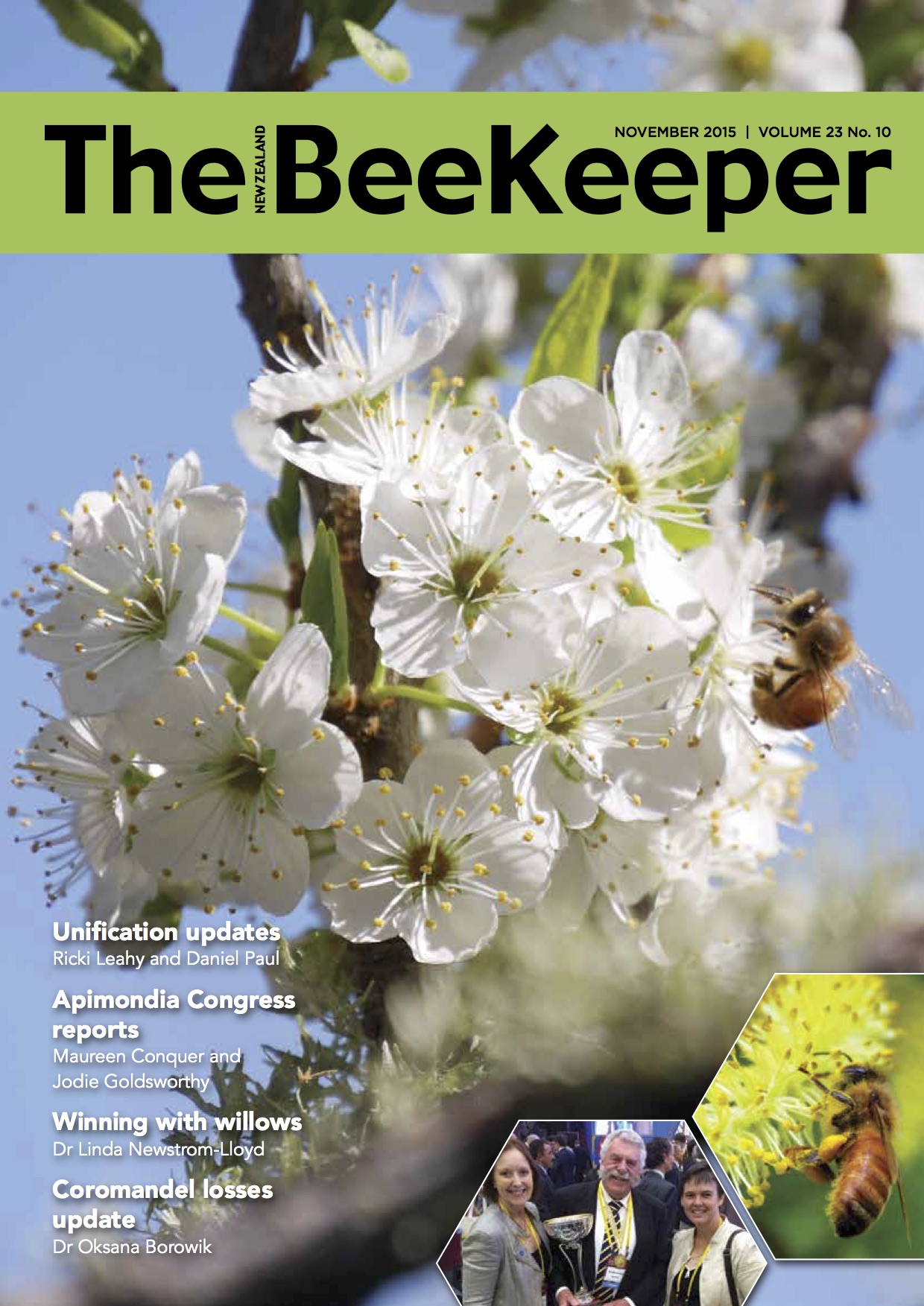
HIVE MAINTENANCE
As I write this in early October, the bush is full of fragrant scents and the scrub near my apiaries is full of flowering natives. Rewarewa is budding up, something that only happens in our area every four years or so. Barberry has just started (a dark, strong honey), willow shelterbelts are in full flower (replacing the earlier flowering willows) and the bees are expanding rapidly.
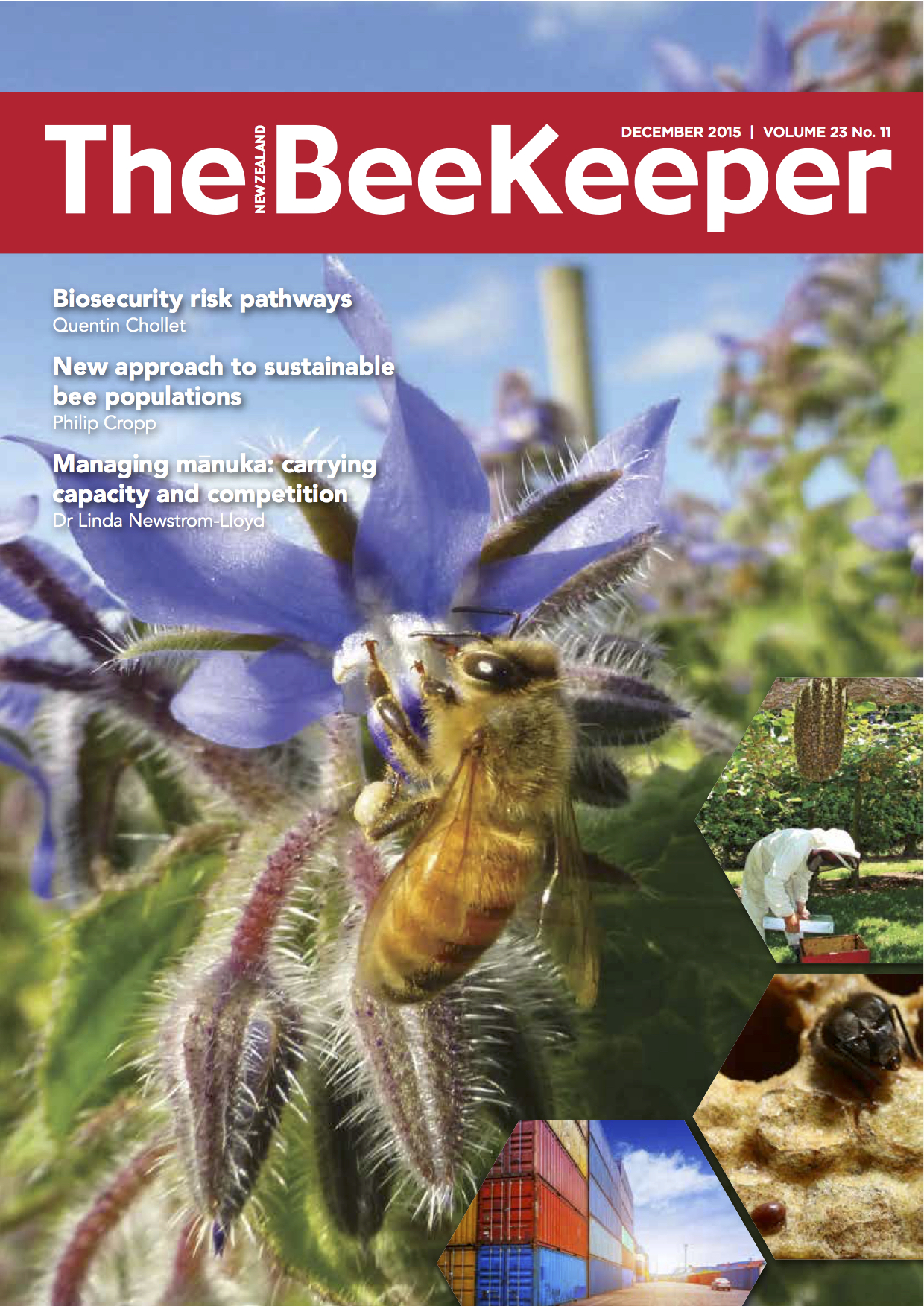
MAY THE FLOW BE WITH YOU
The main honey flow should be under way. As I write this, cabbage tree, hawthorn and kamahi are in flower and rewarewa is just about to pop. Clover is just starting to flower and so is mānuka on the very warm northern slopes (inland; it will be much later in our area).
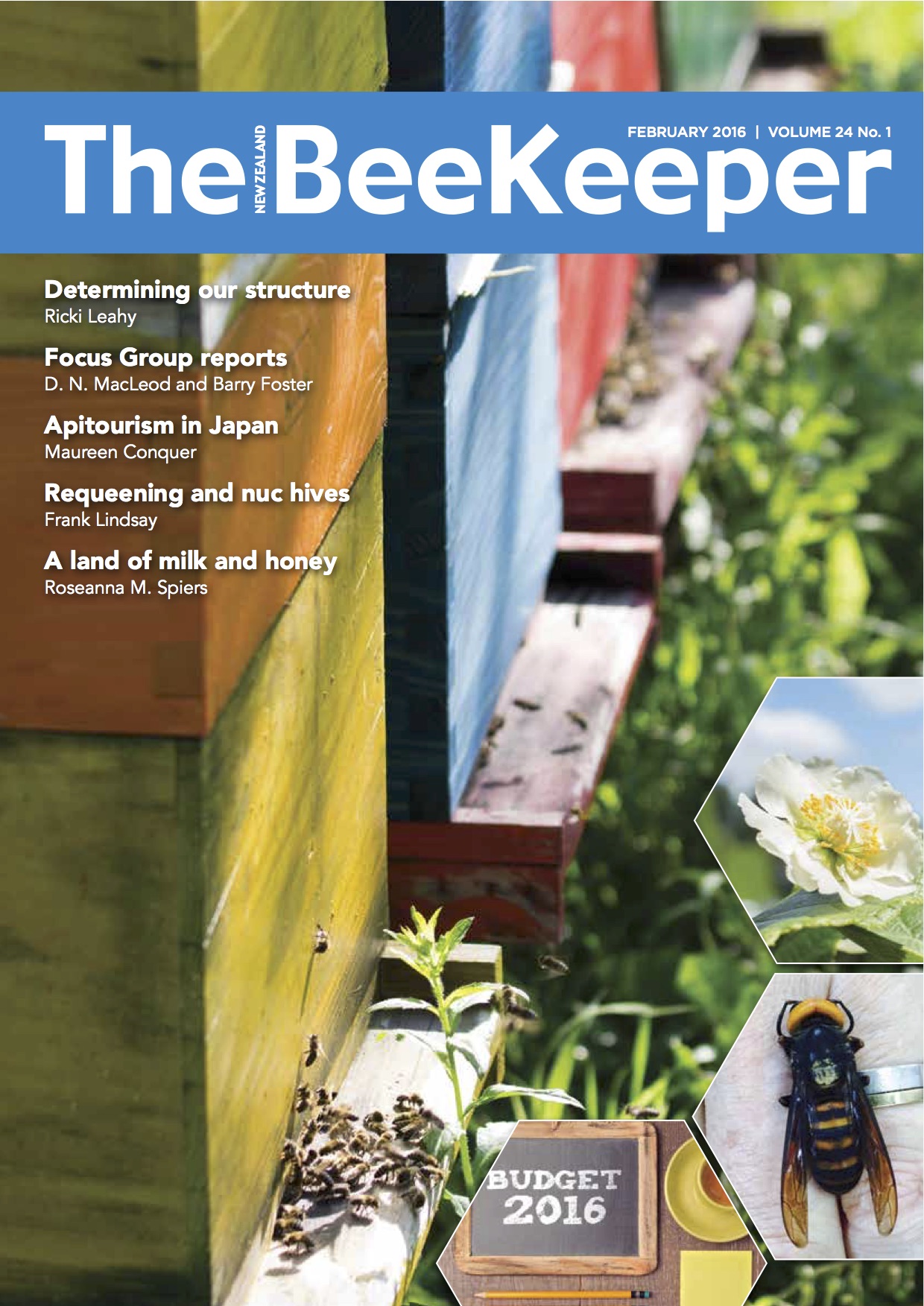
REQUEENING AND MAKING NUCLEUS HIVES
As I write this in mid-January, the weather has been perfect for honey production, with rain showers once a week followed by hot, sunny, still days.
Burning Questions
ROBBING EXPLAINED
A Wellington beekeeper asked me to explain some of my comments posted on the Wellington Beekeepers Association website. The beekeeper inquired,
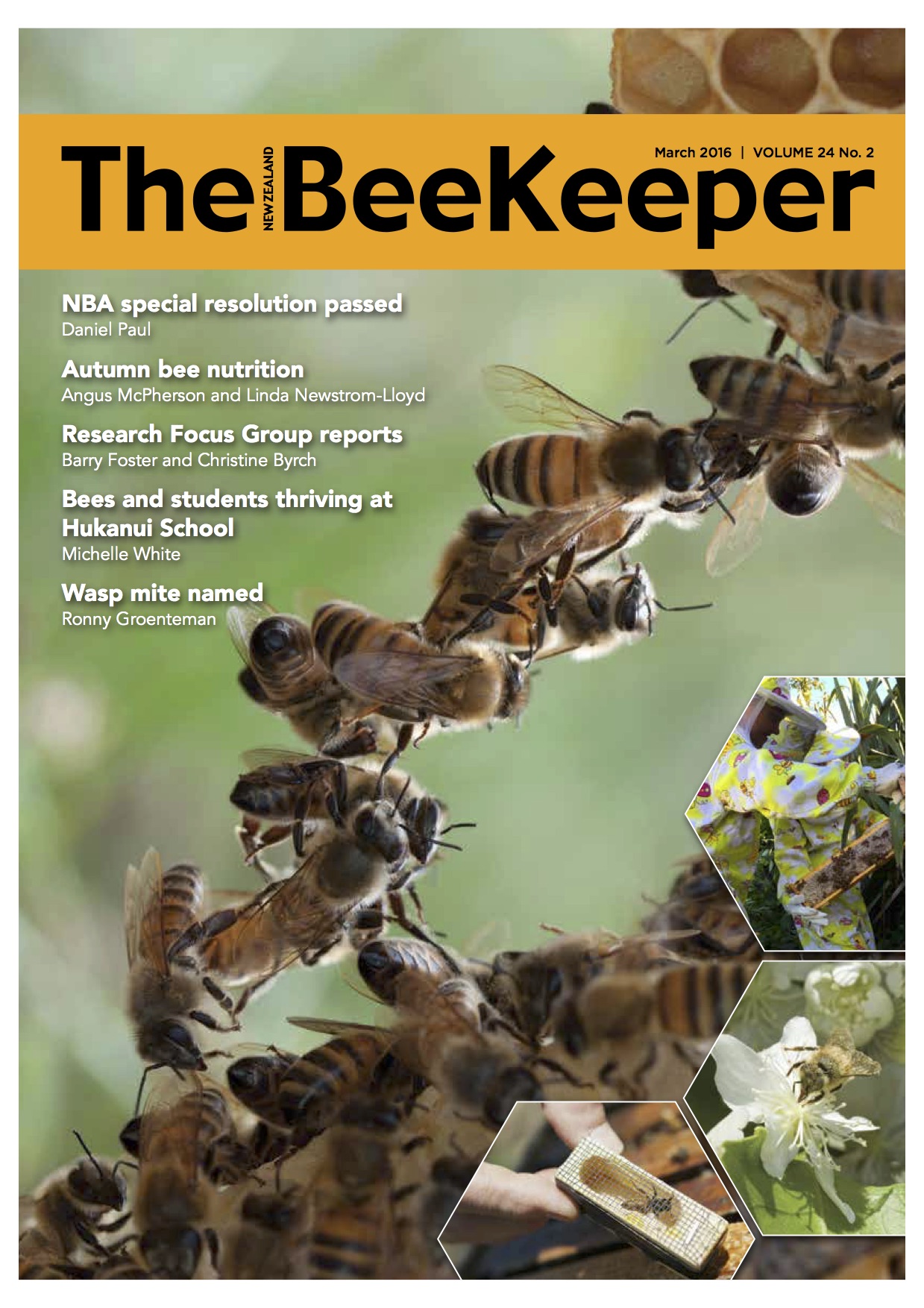
MANAGING SWARMS, EXTRACTING HONEY AND PREPARING FOR WINTER
In and around Wellington the bees in the city are still flying, thanks to people watering their gardens. In the country, where rain produced a profusion of clover, lotus major and catsear flowering two weeks ago, there is hardly a green leaf anywhere.
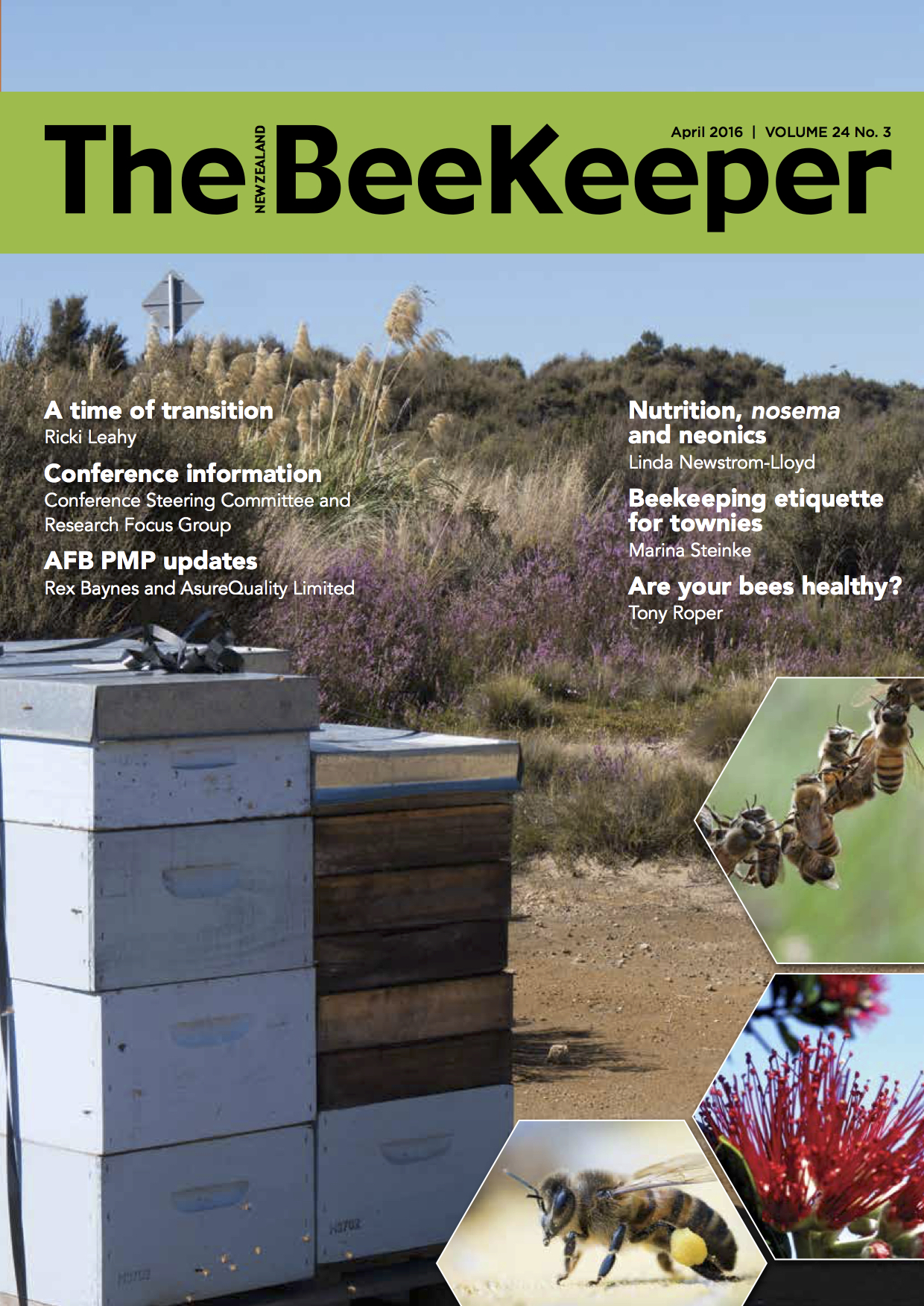
IT'S TIME TO WINTER YOUR HIVES
Autumn is upon us. Days are getting shorter. Night-time temperatures are falling; dew is appearing on the lawns overnight. The poplar and willows have turned yellow and have started losing their leaves. The skinks in the garden are growing fat tails. All these signs point to winter not being far away.
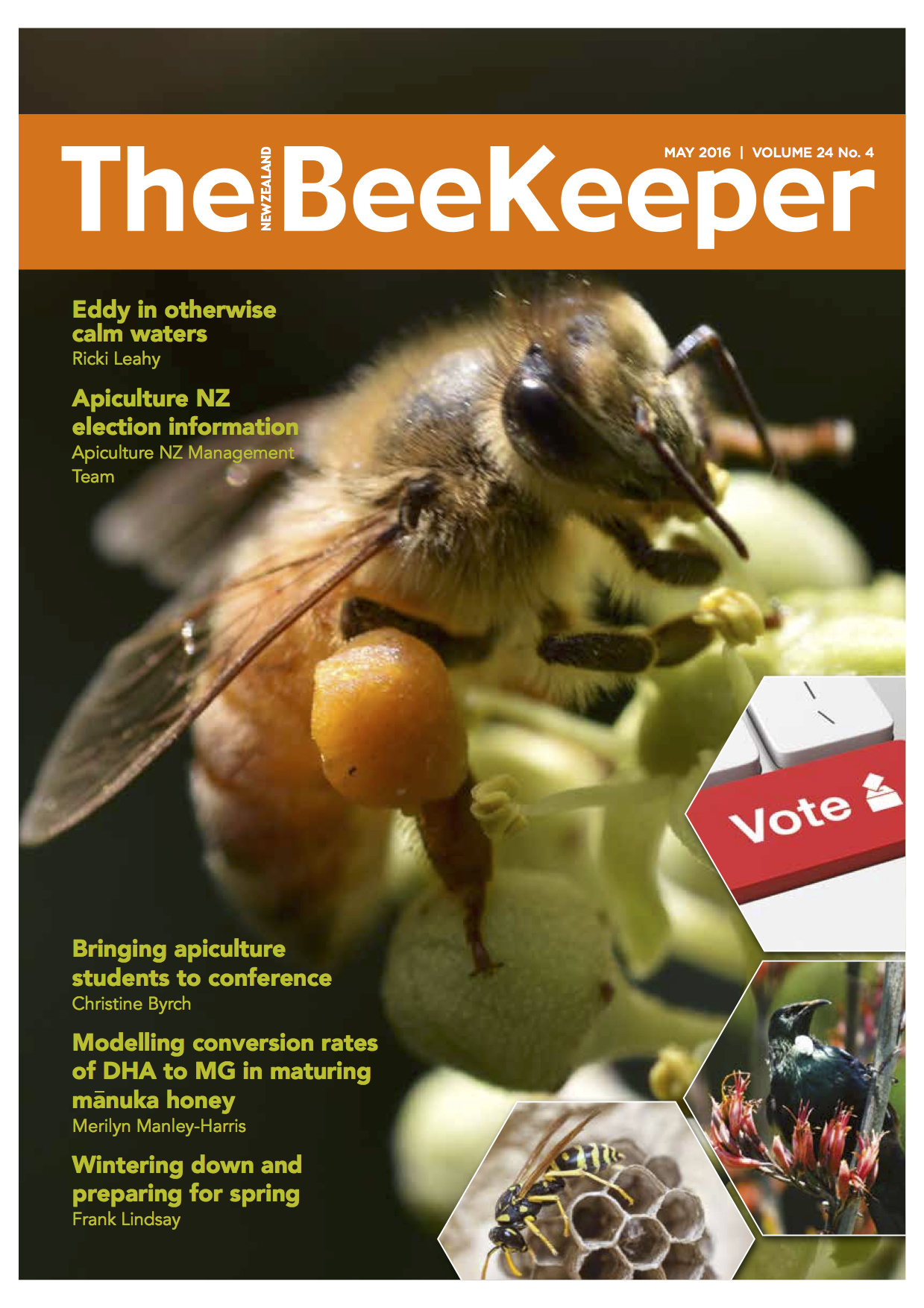
WINTERING DOWN AND PREPARING FOR SPRING
The last of the autumn sources have just about finished and now we are seeing early wintering sources budding up on the warmer section on the coastal strips. The bees are bringing in the last of the pollen as the days get shorter and colder. Some are working willow aphid honey dew, which is not totally digestible on its own in the hive. Hopefully there will be a number of frames of real pasture or bush honey to support the bees. The drones are being pushed out of the hives, which signals the end of the season.
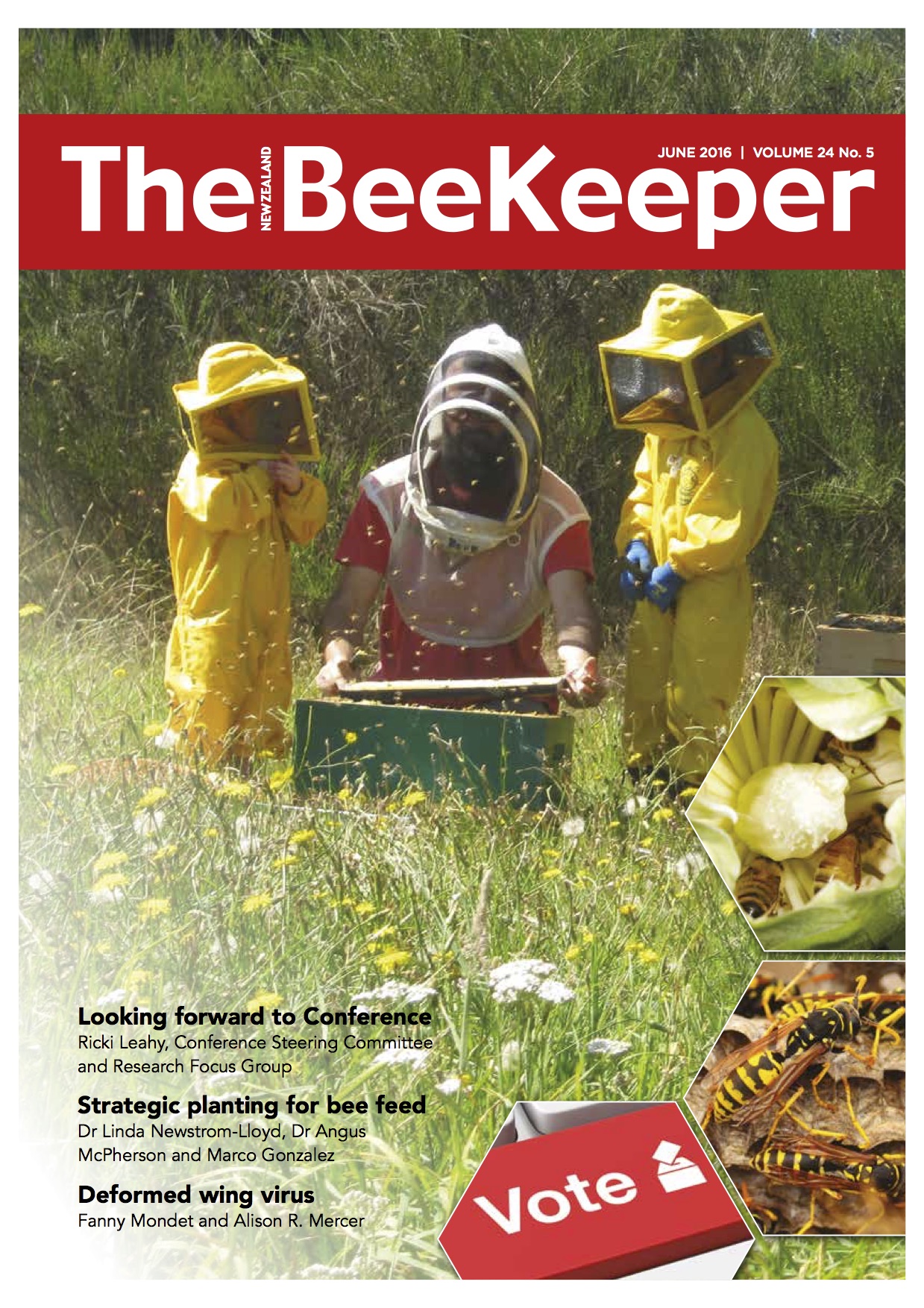
WINTERING DOWN AND CONTROLLING PESTS
It’s been a prolonged autumn with beautiful, warm weather. On the warmer, northerly facing slopes in some areas, Spanish heath has just started flowering and is already being visited by bees. This is a winter source that generally starts in July. Tree lucerne, gorse and some of the wattle species are also starting to flower. All these sources stimulate brood production, which uses valuable winter stores.
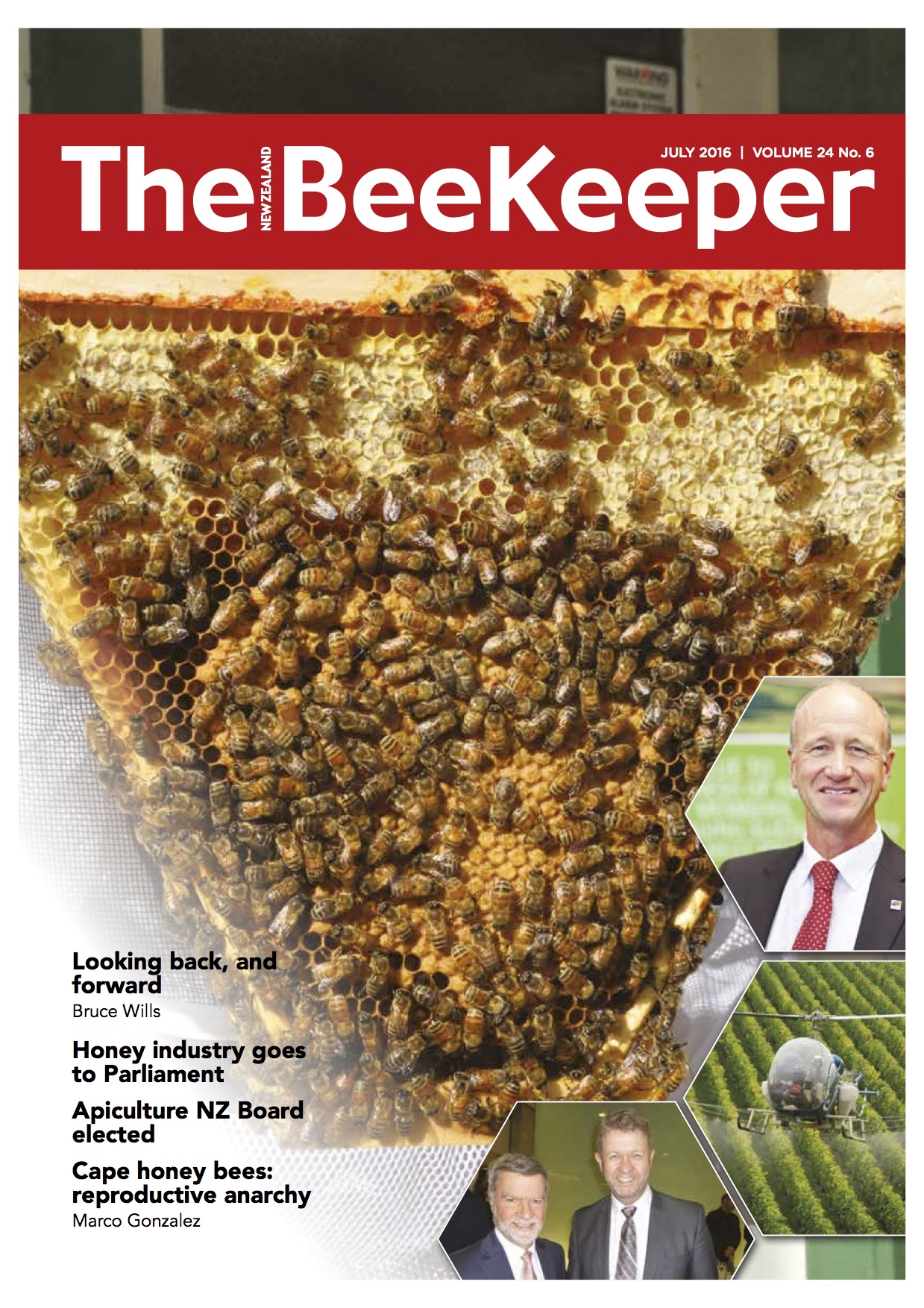
CONSIDERATION, CONTEMPLATION AND CLEANLINESS
Winter has arrived with lots of rain and the odd snowfall on the ranges. There is very little heat in the sun now, but the bees are able to fly for a few hours on still, clear days. The weather has been relatively mild for this time of the year. Pollen is coming in, indicating that brood production has started or is continuing in the hives.
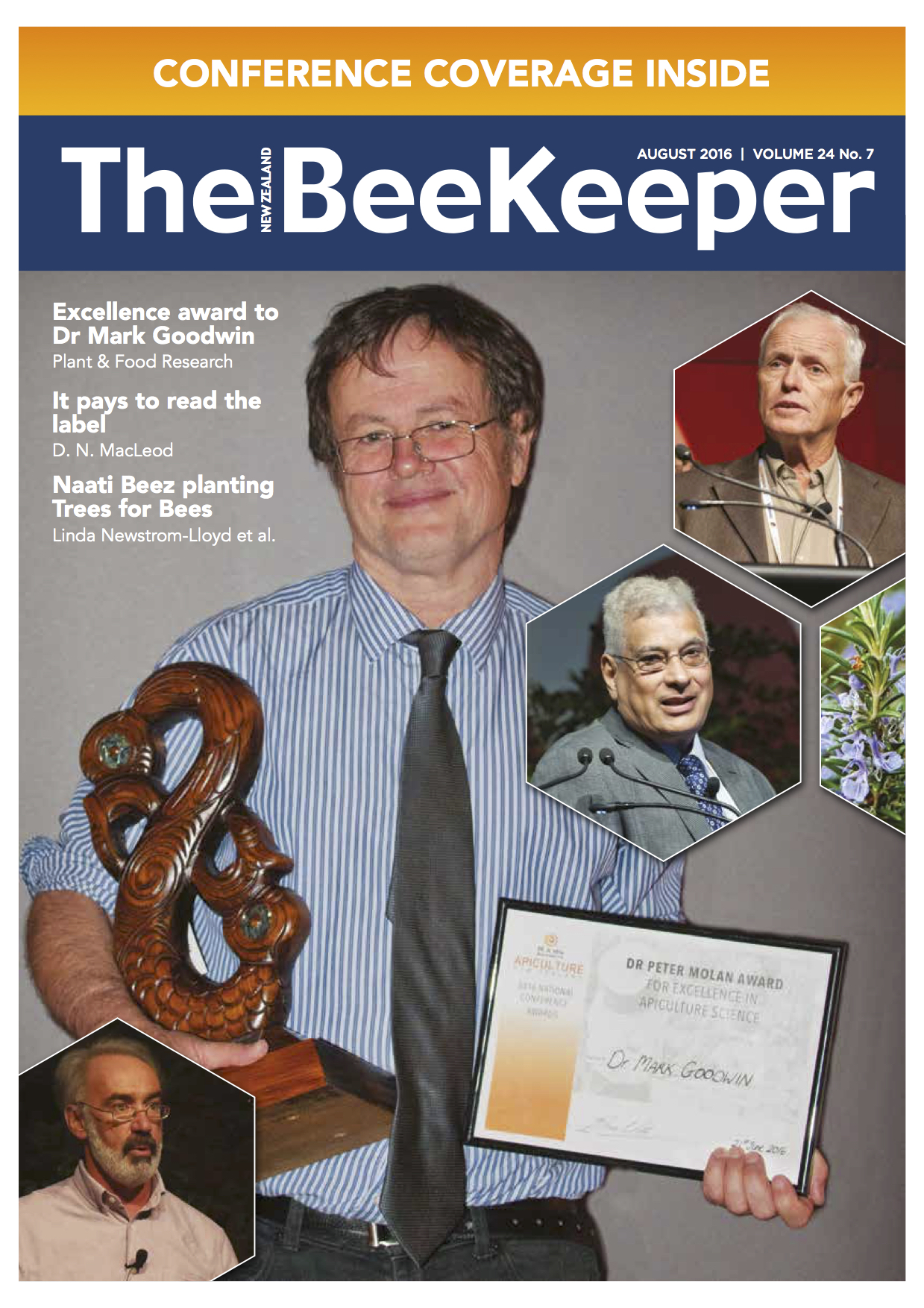
MONITOR HIVES DURING THIS MILD WINTER
The cold weather has finally arrived, with fronts distributing a dusting of snow on the mountain ranges. The previous warm spell has resulted in many spring sources flowering early, allowing the bees to bring in valuable pollen and nectar. In the cities, where it’s warmer due to the amount of reflected heat off the roads and pavement, kowhai, koromiko and bottle brush are flowering well out of season. Tree lucerne, Spanish heath, kohekohe and camellia, which normally flower during autumn and winter, are also providing nectar and pollen (stimulating brood rearing), so the new season is under way.
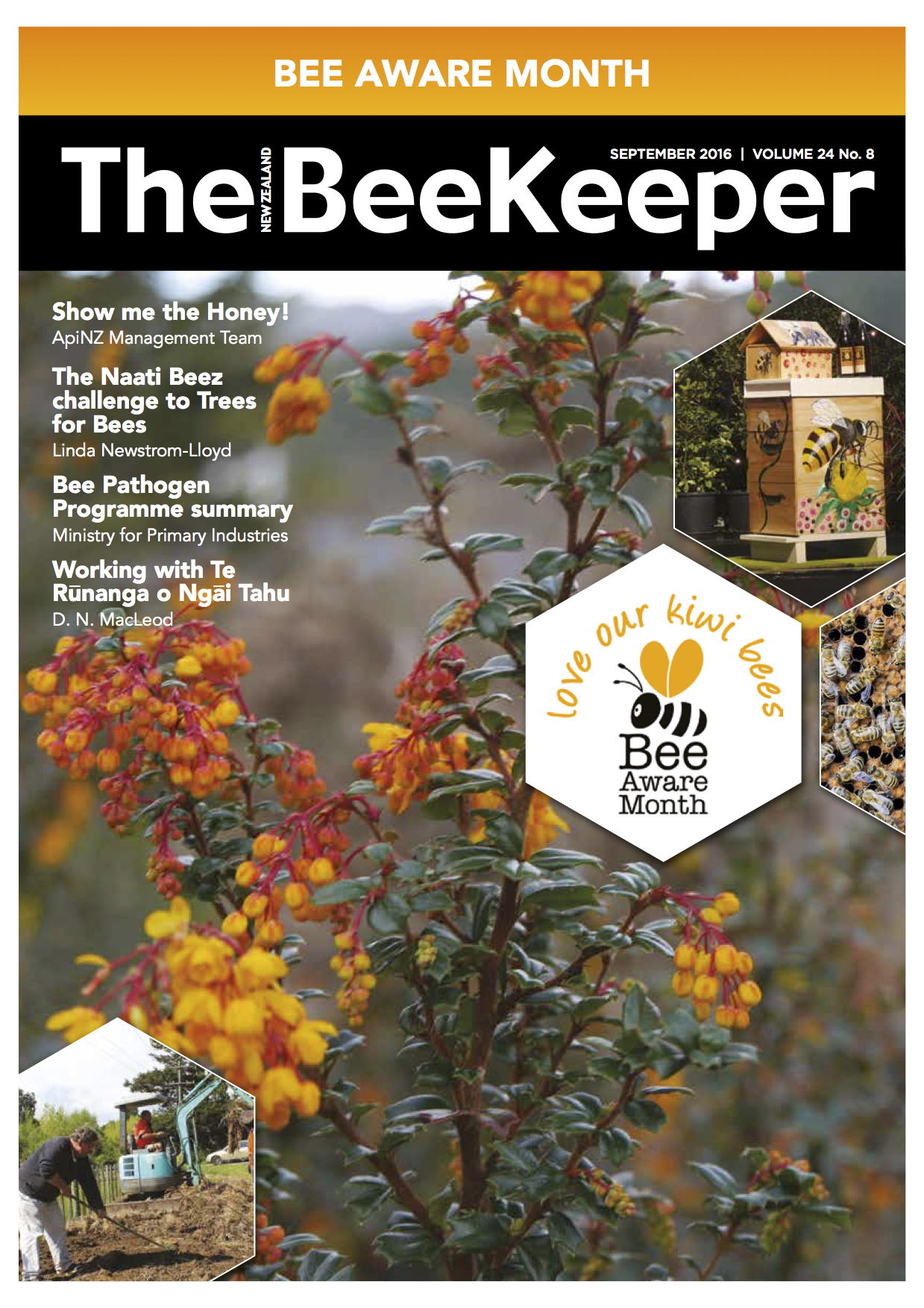
HELP YOUR BEES THRIVE IN SPRING
The cold winter weather has finally arrived. Up until now, the warm conditions have promoted the flowering of our winter species and maintained the flowering of a lot of ornamentals in the urban areas. Along the coastal fringe, tree lucerne and some species of wattle are in full flower. Once the frost has cleared and the afternoon sun has warmed the hives, the bees are able to fly and bring in valuable pollen and nectar, which is necessary for continued brood rearing.

MAKING ROOM FOR THE BEES
As I write this in September, a storm in the Wellington area produced hail and a few flurries of snow around our house. Now that the storm is clearing, I had better get out and check for hives blown over. It was quite some blow and very cold. Fragile new growth on the potatoes was cut by the hail and we have lost a few blossoms, but luckily this storm occurred before most of the peach and apple blossoms are to appear.
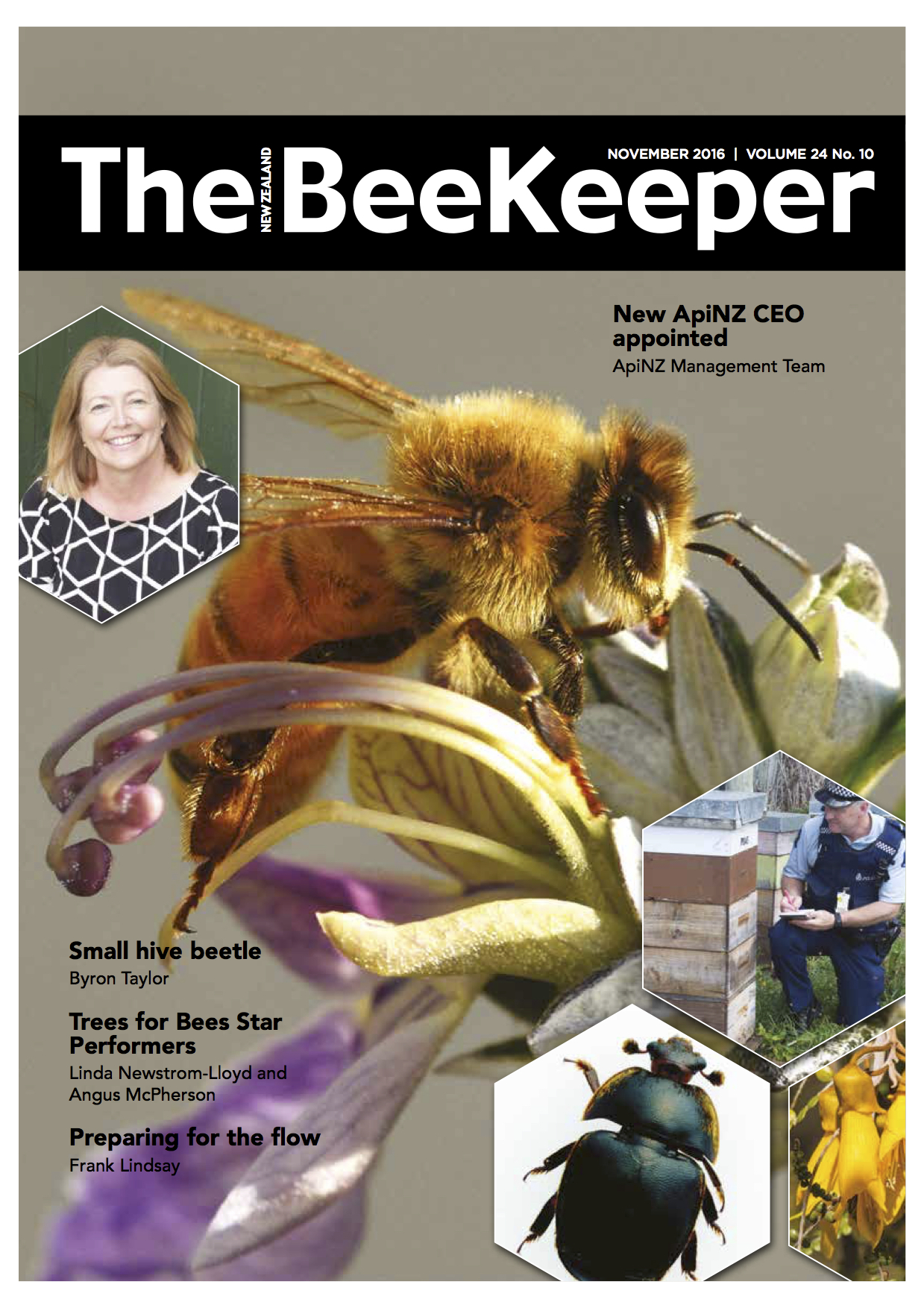
PREPARING FOR THE FLOW AND EXTRACTING HONEY
Some of the spring sources around our house are a few days late in flowering this season. Although the weather hasn’t been good for spring build-up, the bees are doing fine thanks to a little feeding. Cabbage tree and hawthorn are yet to flower down here but further north some are flowering, stimulating swarming.

MAKING YOUR HARD WORK PAY OFF
December is here and everything you have done over the last four months will have paid off (well, that’s what we hope). The weather hasn’t helped to promote a steady build-up. November has been extremely wet in my part of the country. A couple of small mating nucs died through not having enough stores.

PERSEVERE, PREPARE AND PROTECT
I suppose it had to happen. After a number of good production years and decent conditions this spring, summer has been very trying for the bees in my area. Cold, wet, windy conditions have restricted bee activity and therefore their build-up.









T’S ALL ABOUT THE HONEY
Here we are in December. For most rural areas, it’s the start of the main honey flow. Clover is now mostly produced in sheep country, on hobby farms and along roadsides.

BEEKEEPING DURING THE BIG DRY
It’s a couple of months since writing the last article and a lot hasn’t happened. Hives were prepared for a good flow, but the country dried out quickly following a month without rain. Pōhutukawa flowered well through December, but only those trees with wet feet produced nectar.

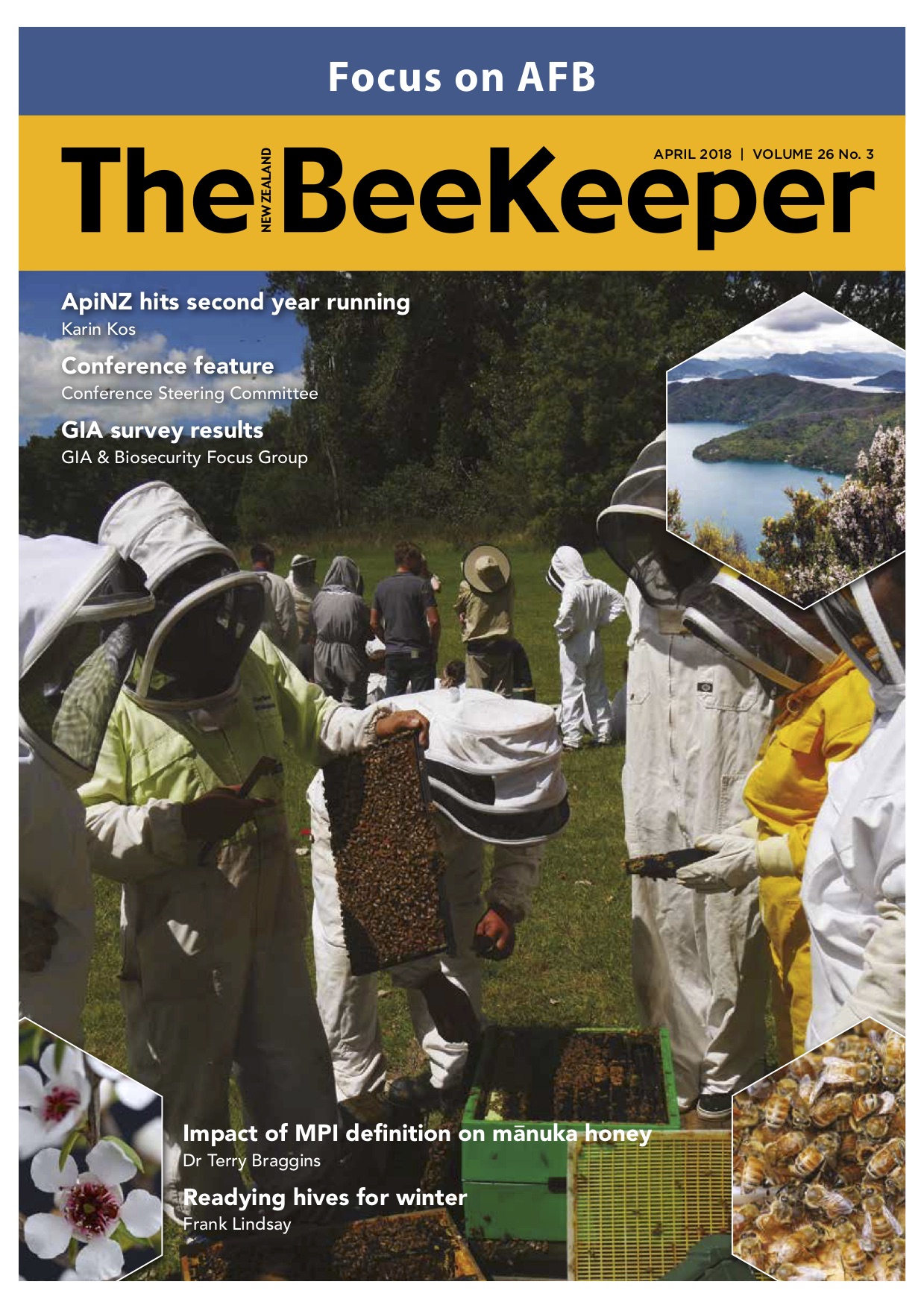
READYING HIVES FOR WINTER
It’s April, and hopefully the robbing season has finished. Autumn has arrived. The willow leaves are turning yellow and as I write this, a southerly storm has dropped the temperature from a hot, sweaty 25°C to 14.1°C. The bees have been all over pennyroyal and are bringing in lots of pollen.




THE HIVE IN WINTER
It’s the middle of winter and the beginning of a new season. Normally at this time of the year the bees are able to fly for about an hour each day, but what has happened to our winter?

GET READY FOR THE NEW SEASON
It’s been a relatively mild winter in Wellington as I write this in early August. On 4 August, I saw my first overwintered queen bumble bee out flying just in time to visit the plum blossoms.



